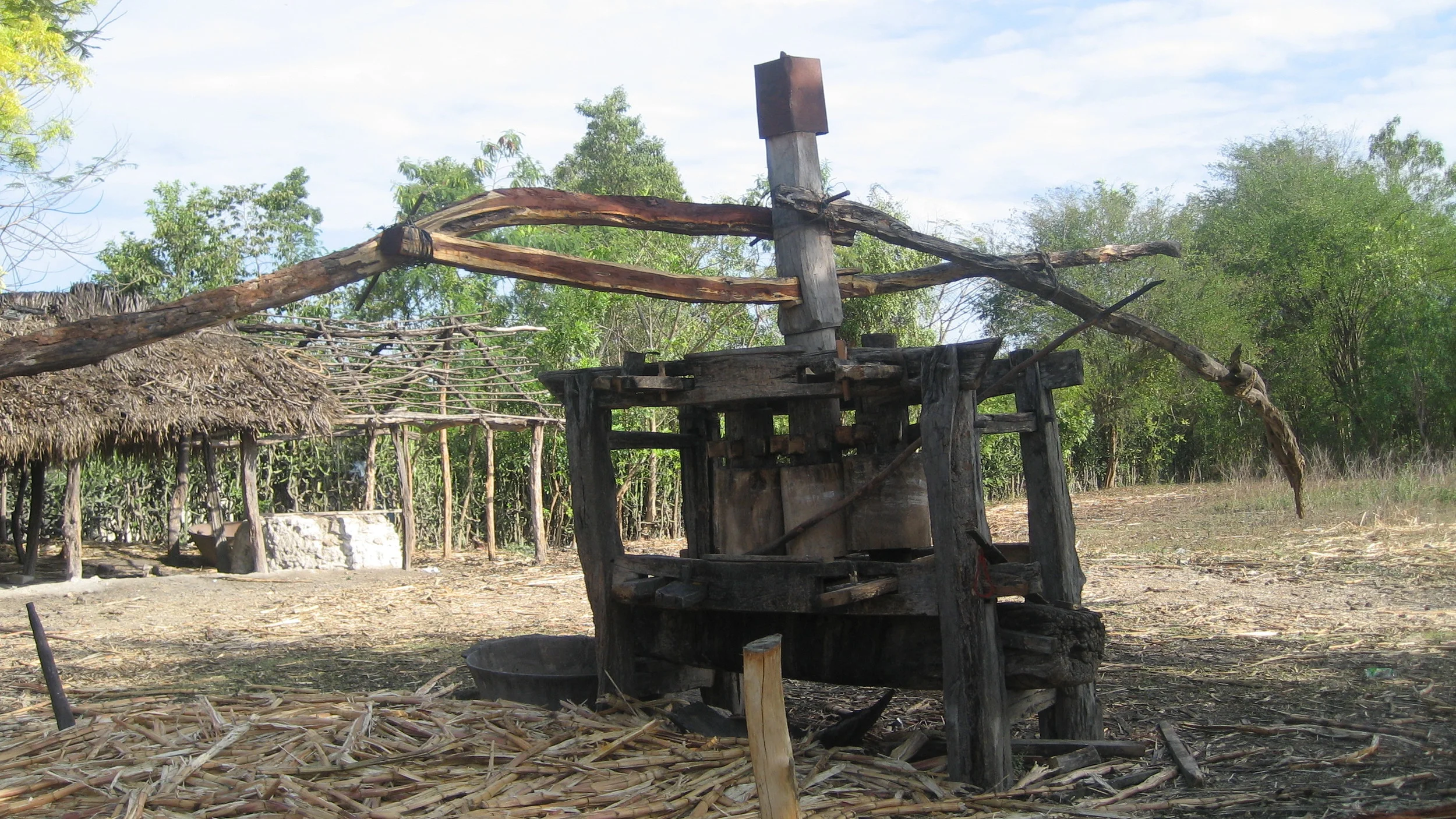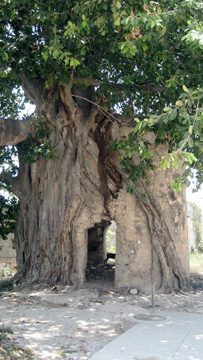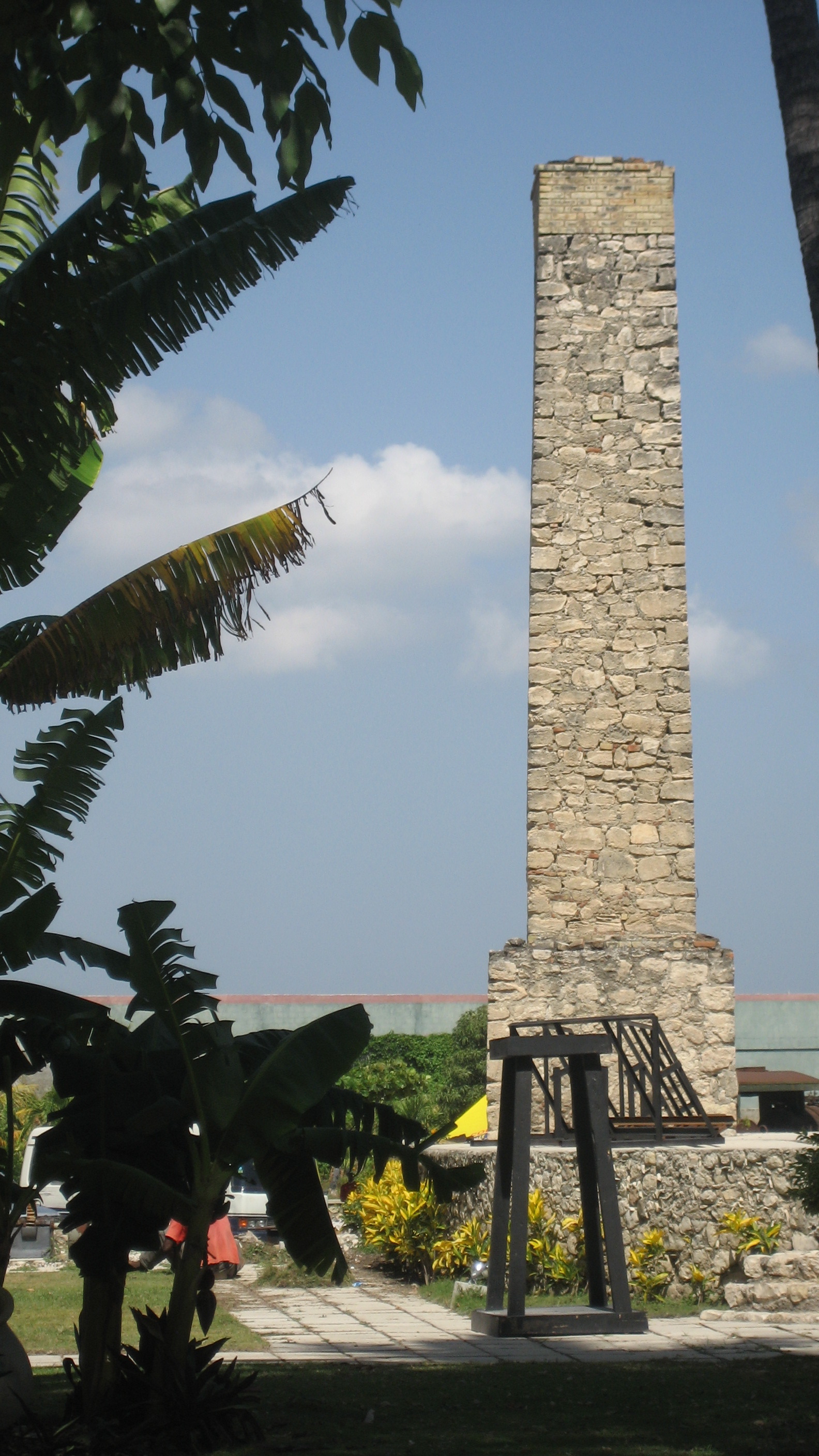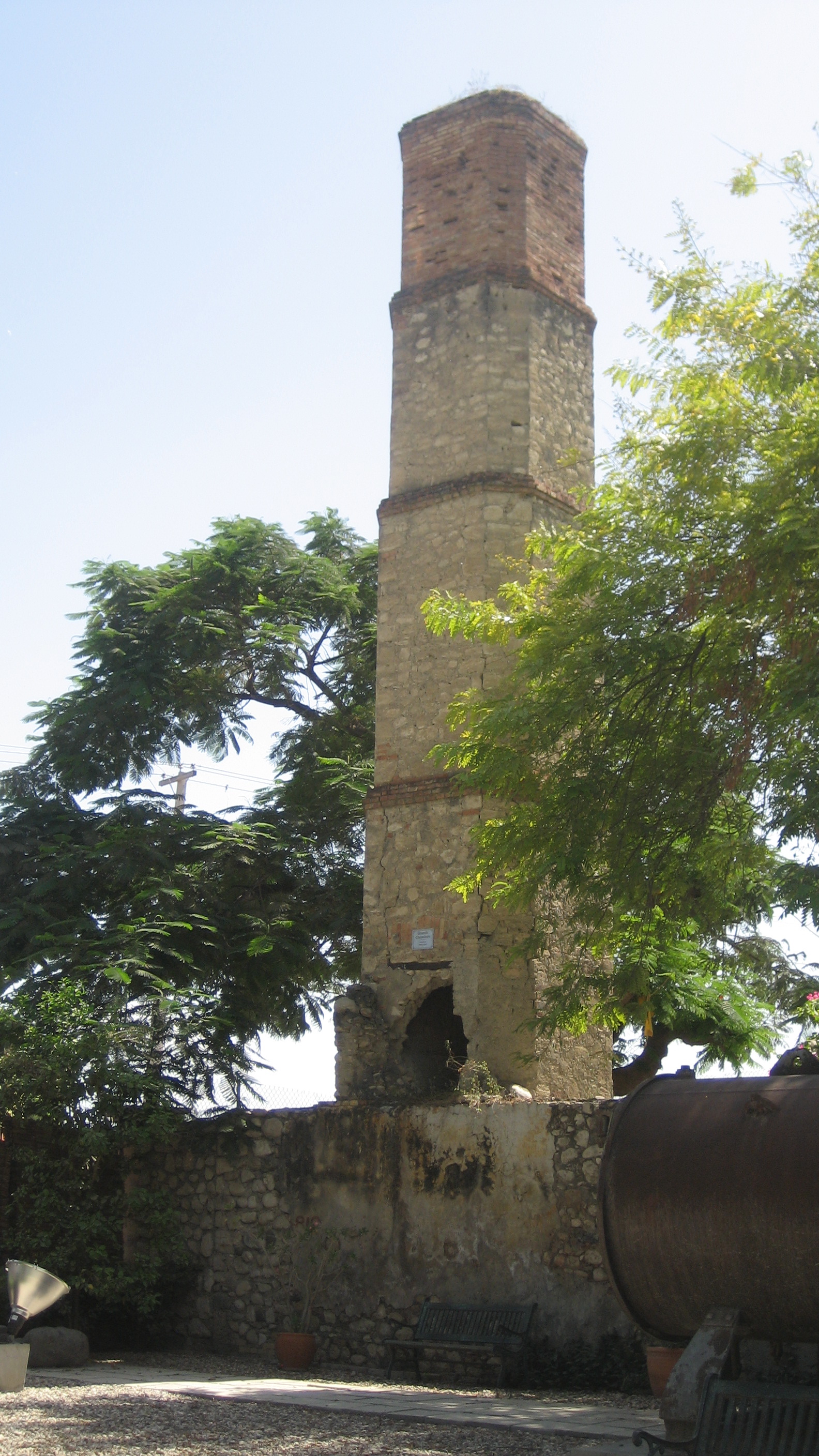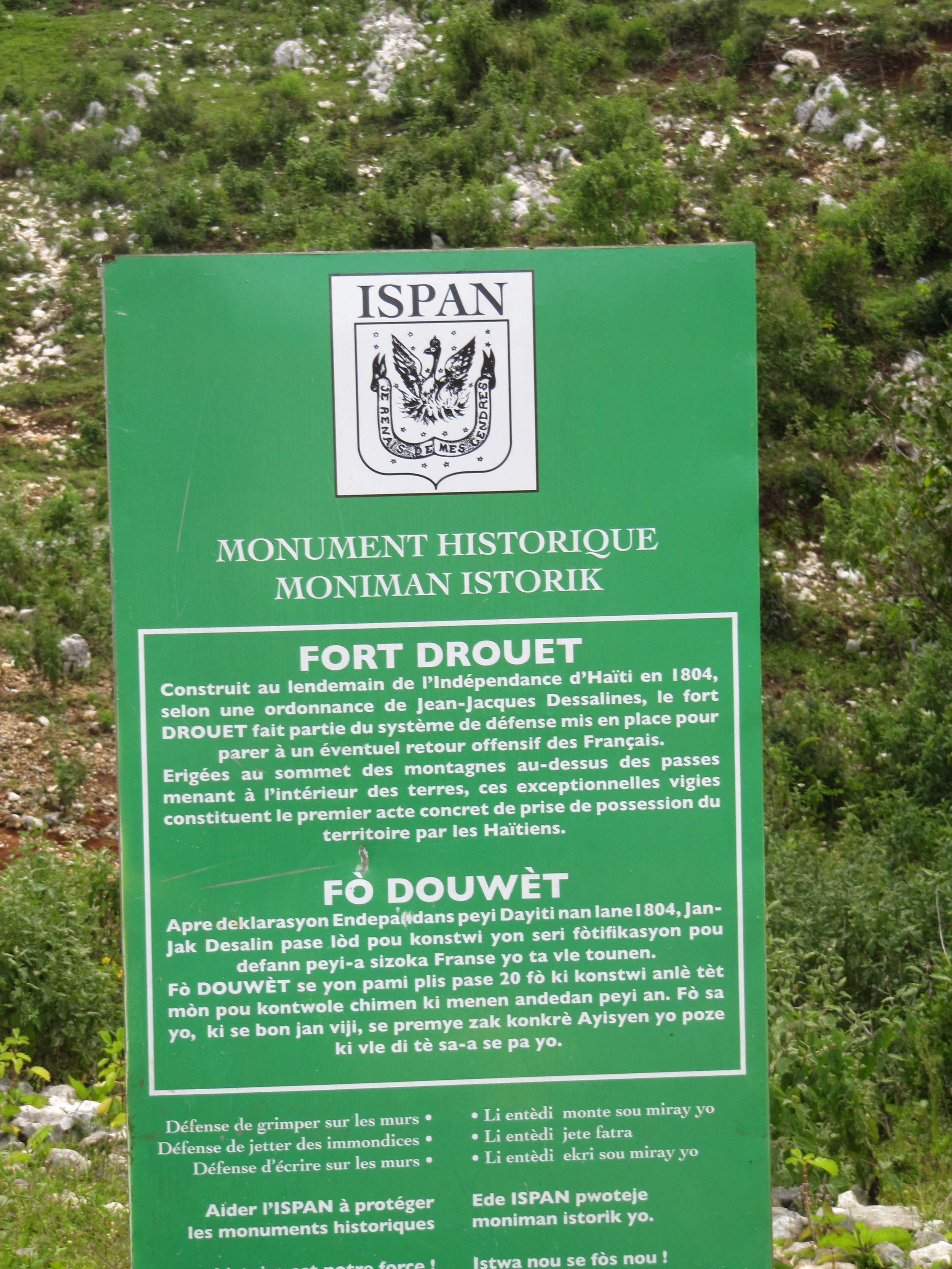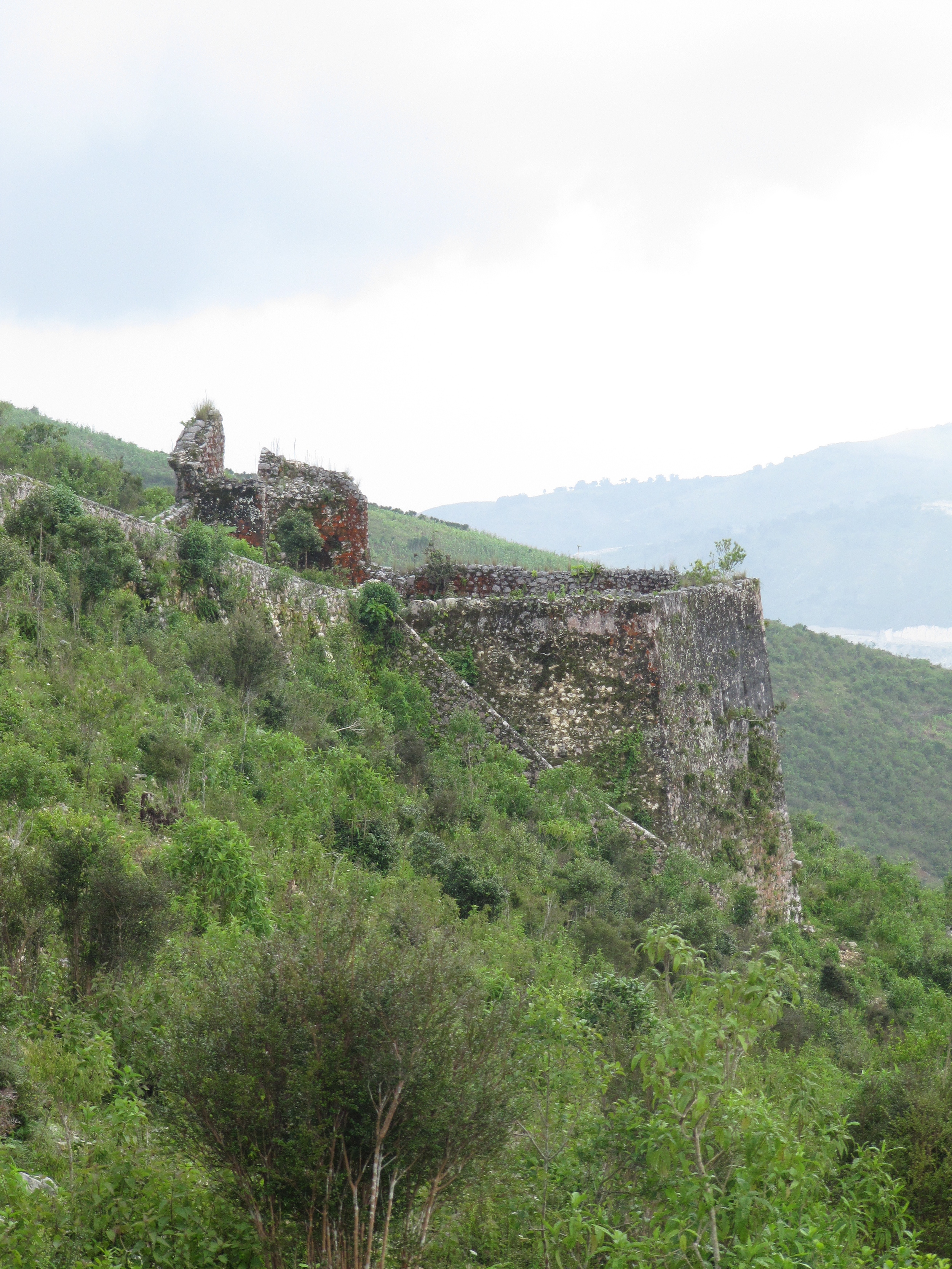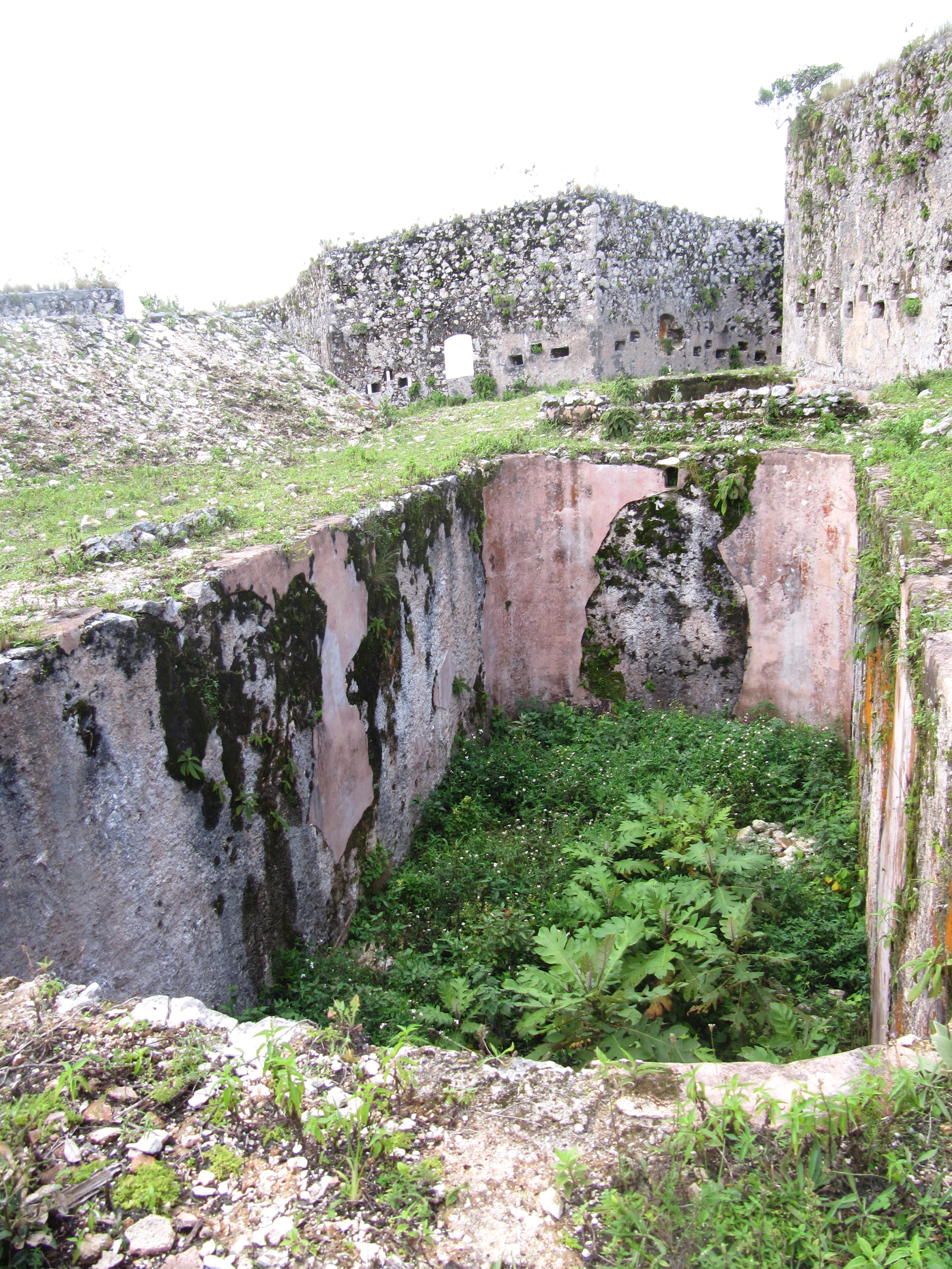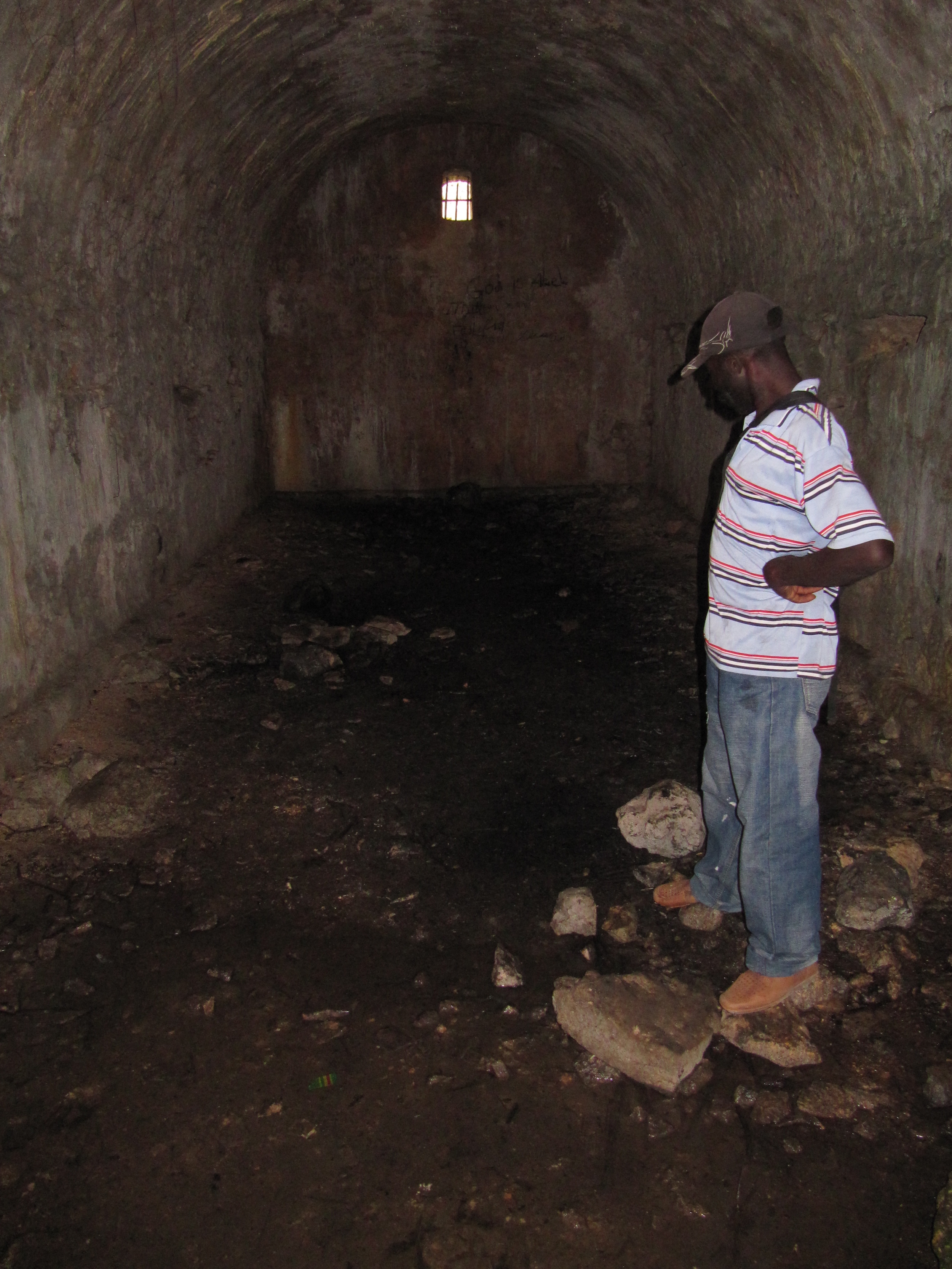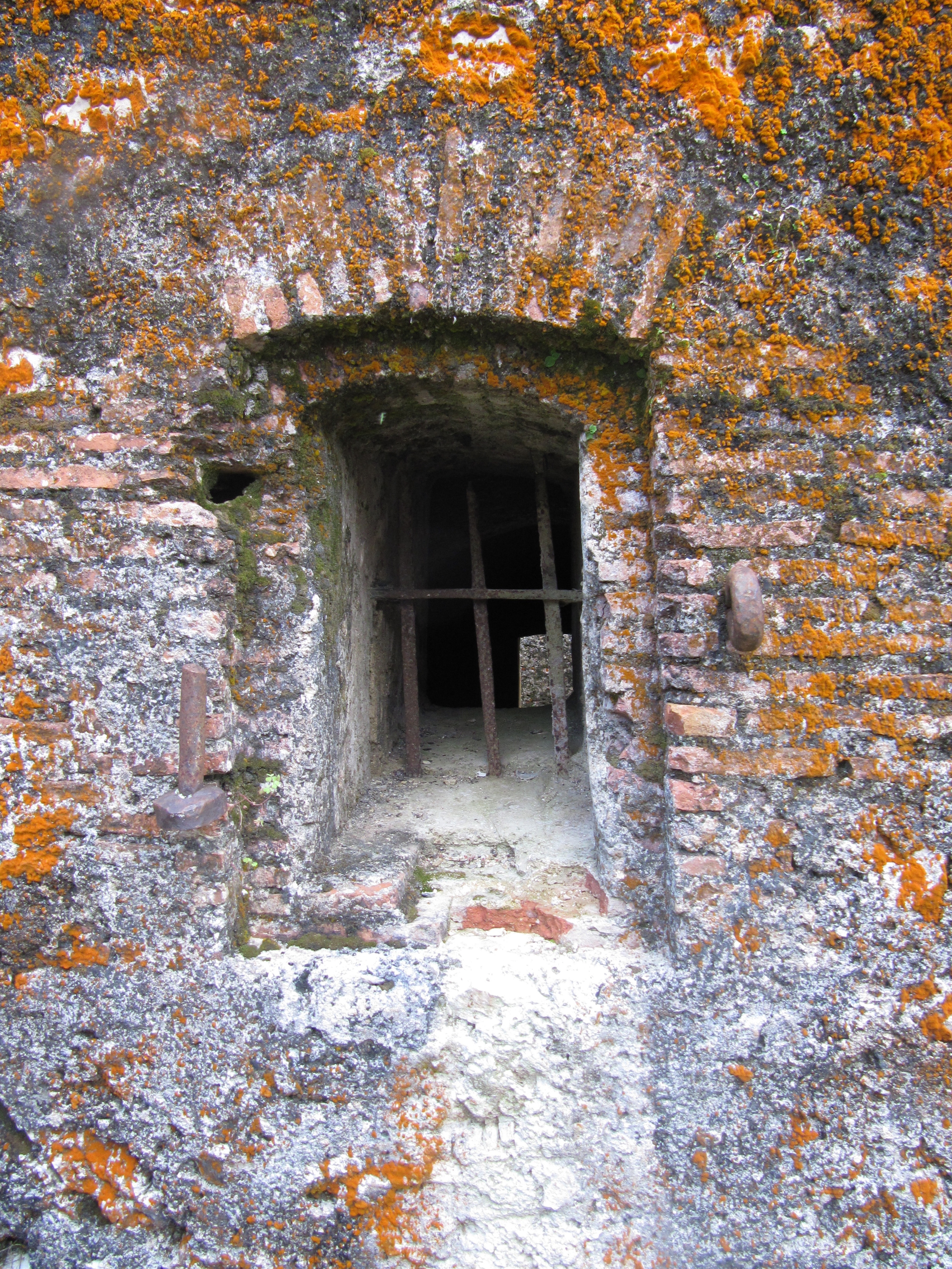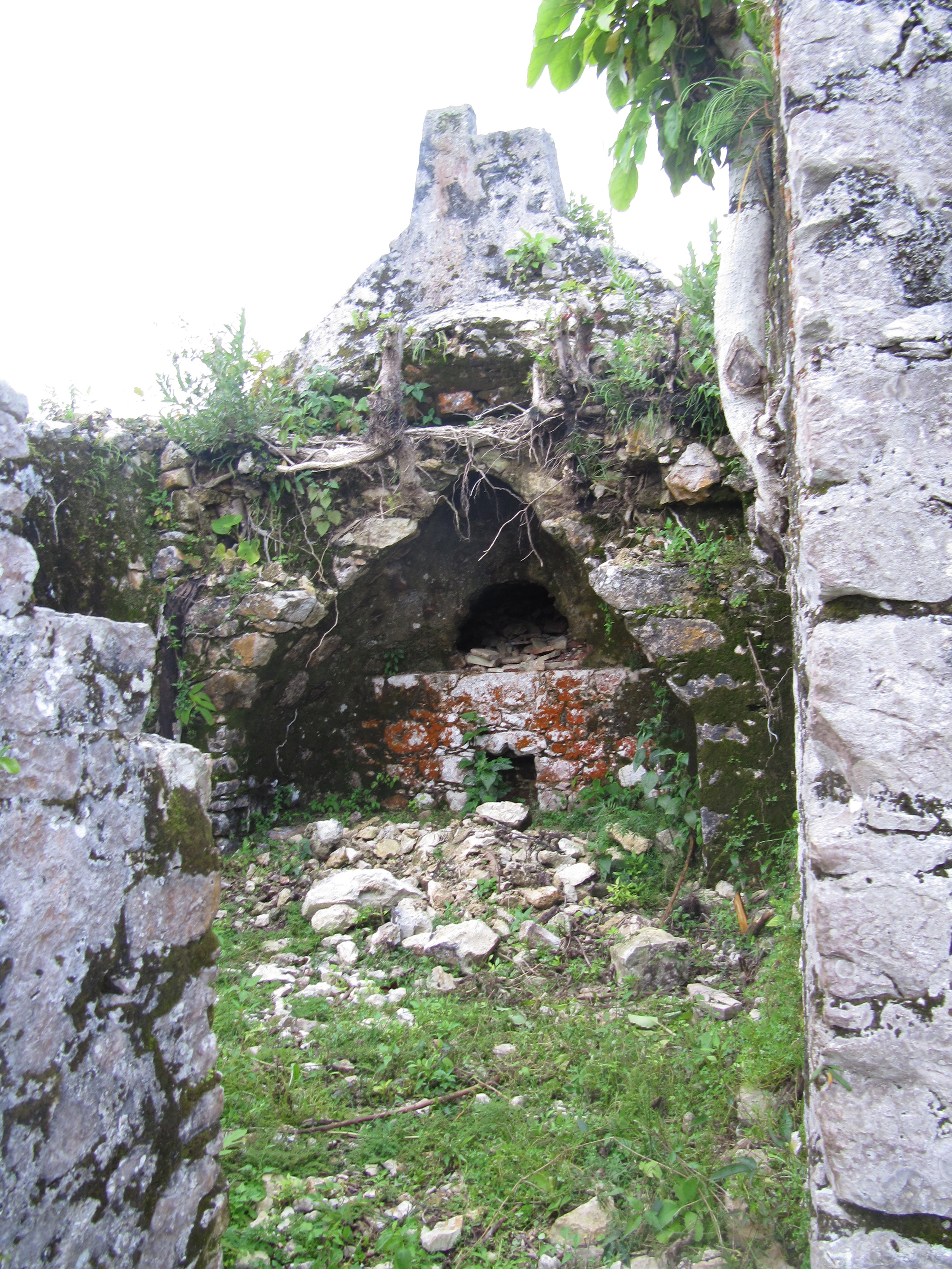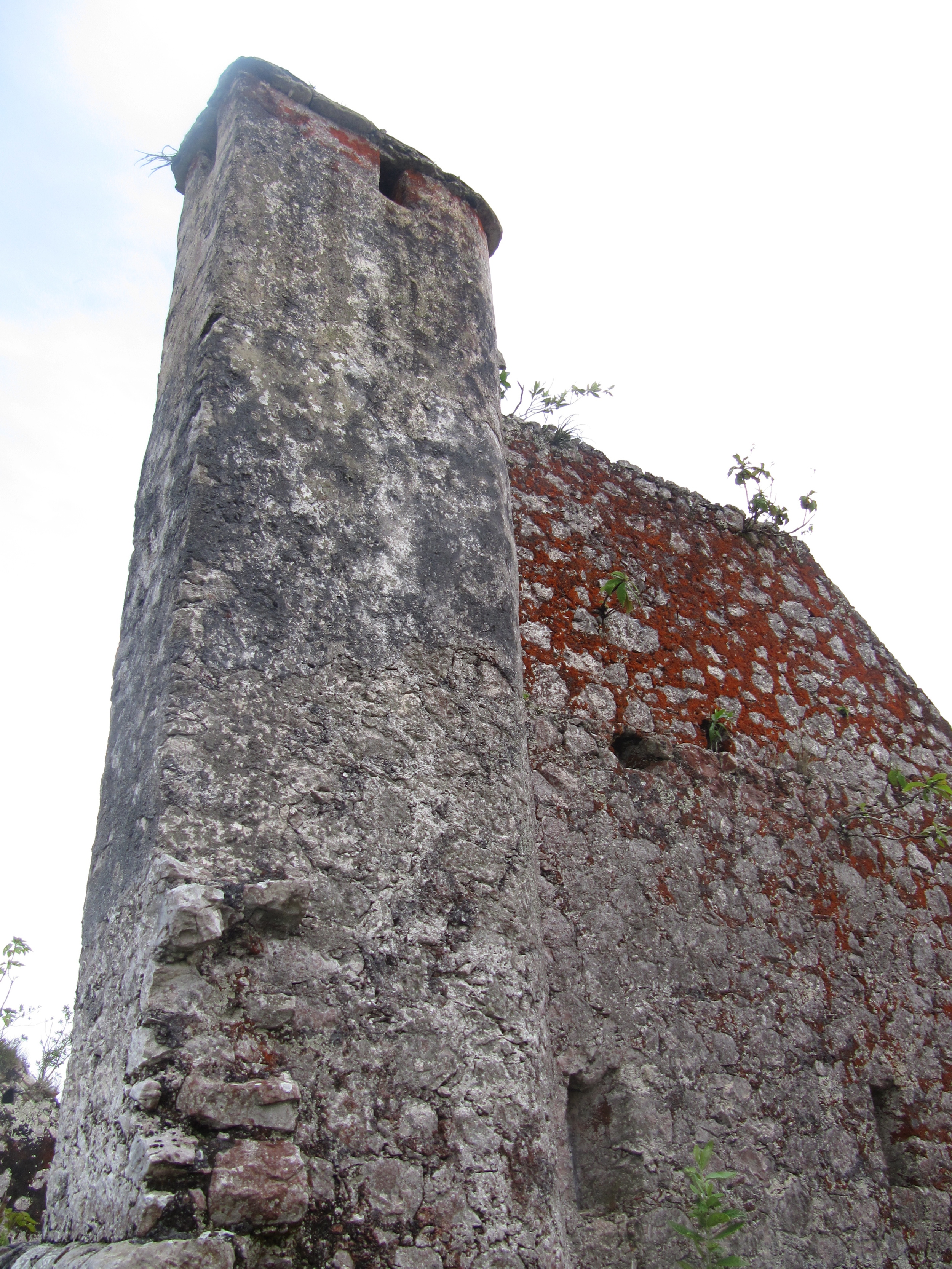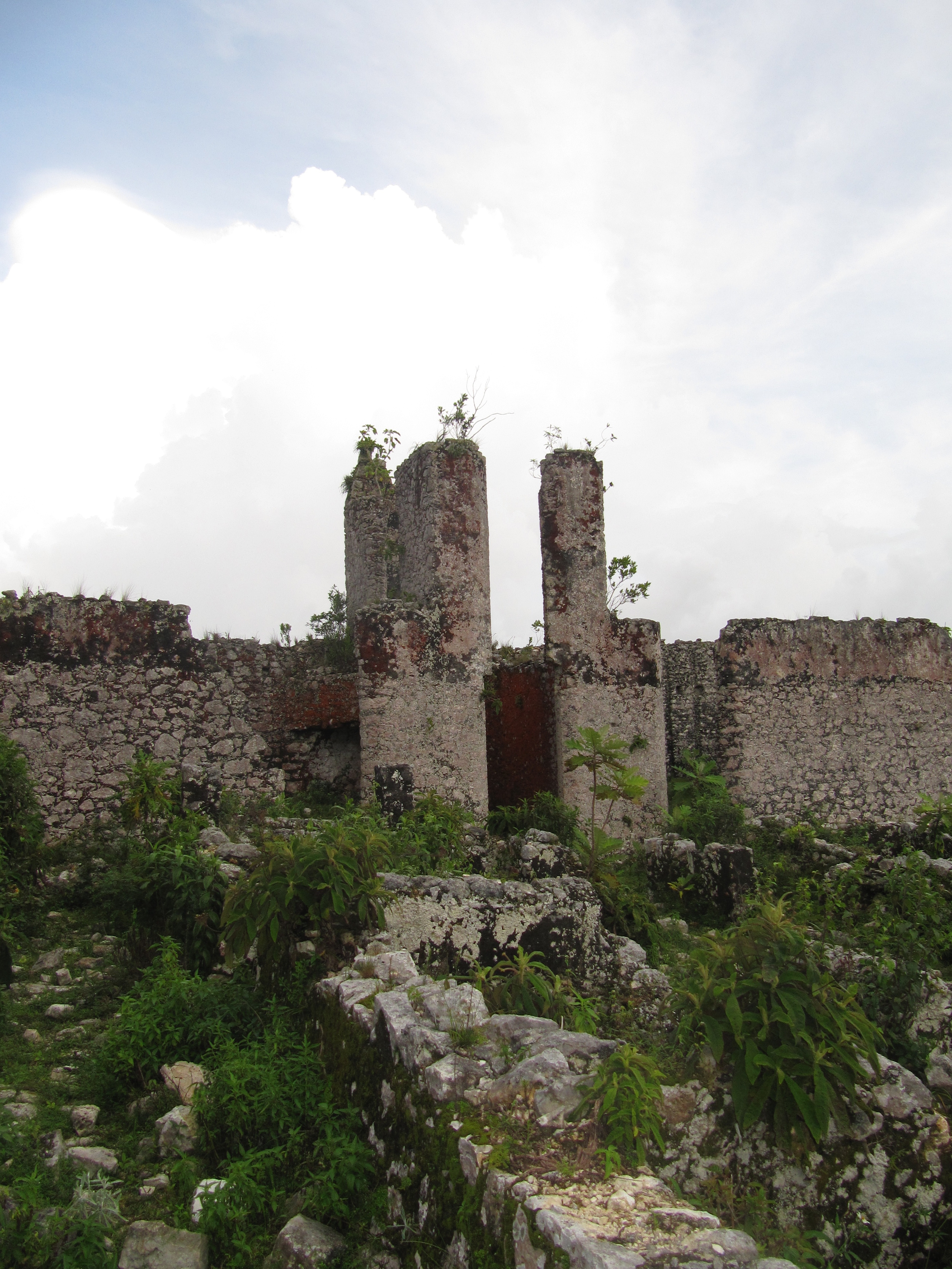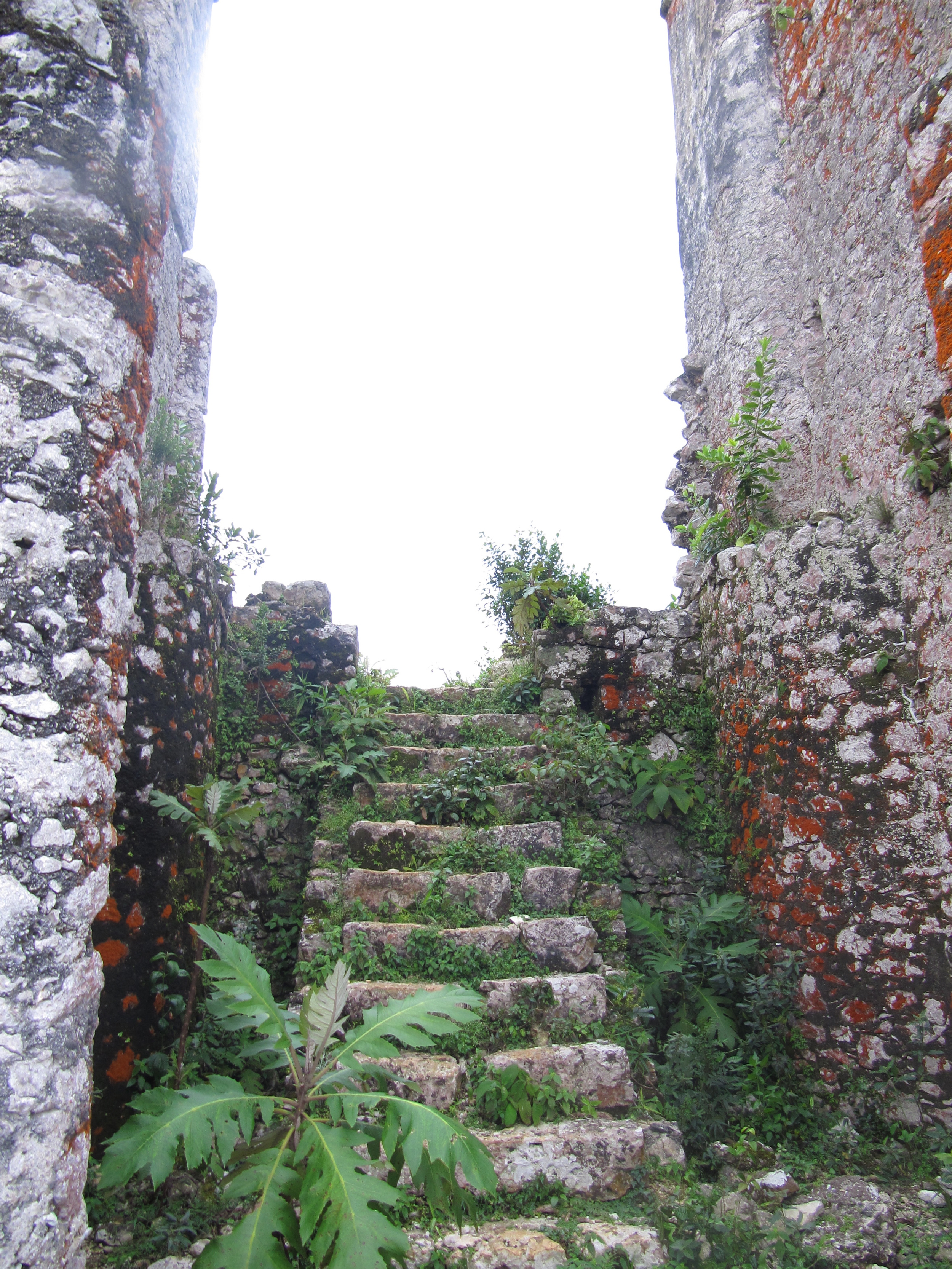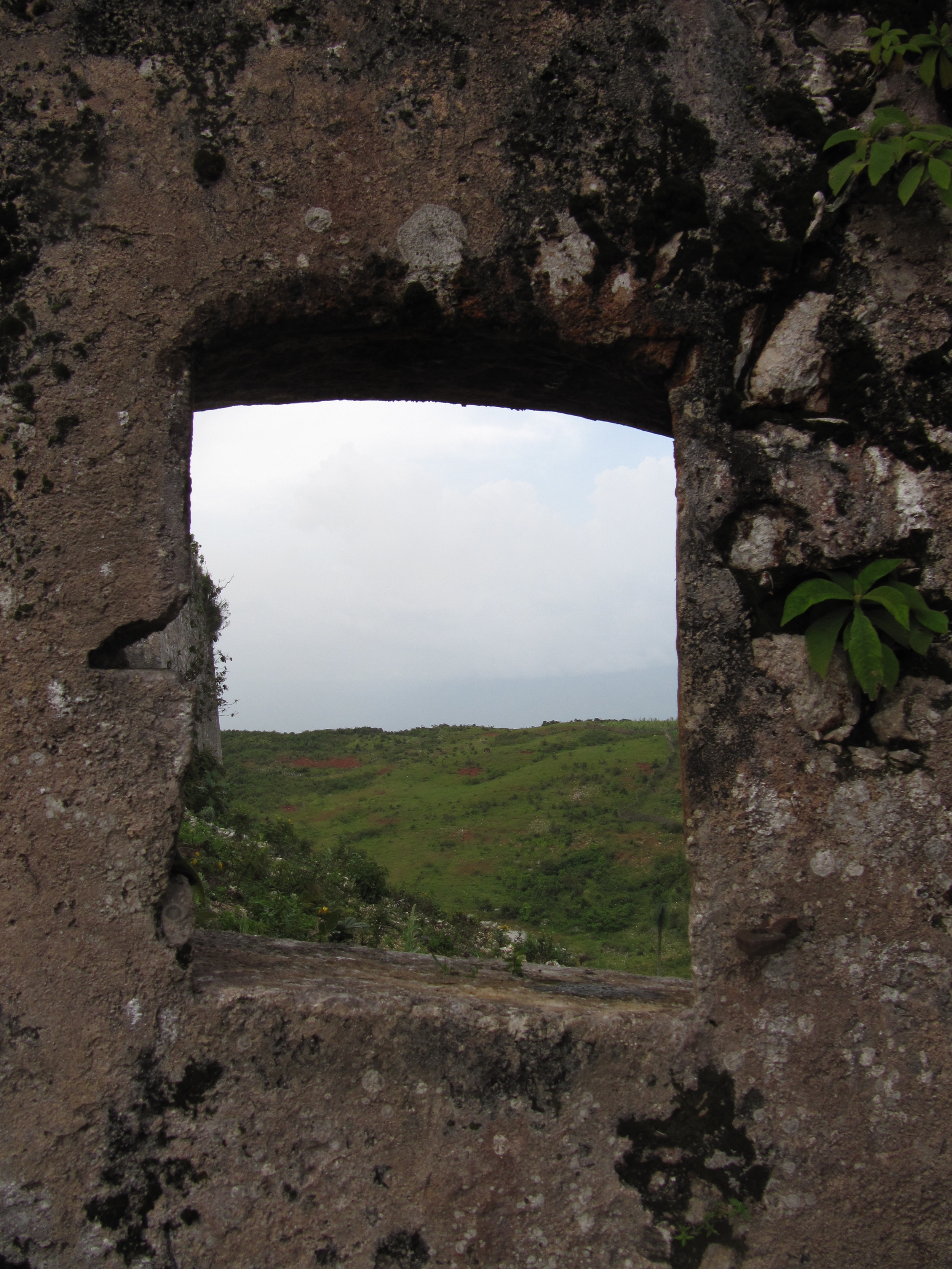PLANTATIONS AND SUGAR MILLS
As sites of memory, the oldest of these habitations and moulins are tricky. I think they deserve study, and there are aspects of the buildings that are even beautiful. I've seen places in the US and Caribbean that approach a sort of nostalgia for the colonial, antebellum past. It is my sincere hope to avoid that kind of project. Any engagement with Haiti's history has to contend with slavery and sugar mills. However, most of these houses were built by slaves and created for--and perpetuated--a system of injustice whose consequences are still felt centuries later. In a cruel irony, most of the slaves' housing--in Haiti and elsewhere--are gone, while only the grand houses remain (the Cortade sites in the Chaine des Matheux are an exception). Other sites, like Habitation Pemerle, were owned and run by revolutionaries who fought for their liberty in the Haitian Revolution. Finally, some of the sugar mills in this section are small-scale, present-day operations using what seem to be relics of the colonial past in their production. See Sites/Photos Needed for more sites I'm looking for.
Habitation Carradeux (Tabarre, Port-au-Prince)
The infamous Jean Baptiste de Carradeux created the Company of Africans, forcing slaves to fight against revolutionary forces in the Cul-de-Sac area. He returned to France eventually and died there. Of particular note here is the aqueduct system and the mapou and intertwined tower. Locals told us that before the road was paved here (for the old UN compound), there were tunnels everywhere under this tower that have since been blocked off. I’ve heard but not seen that these ruins in Tabarre are still (summer of 2012) a displaced persons camp.
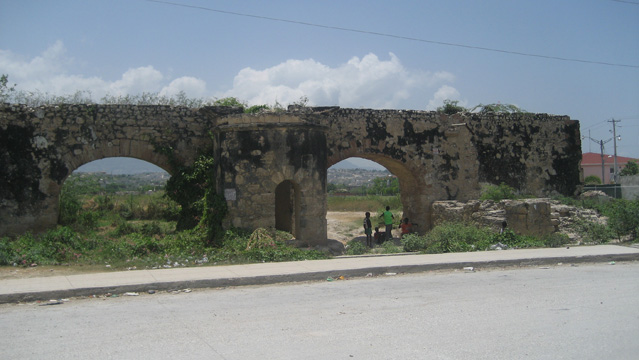
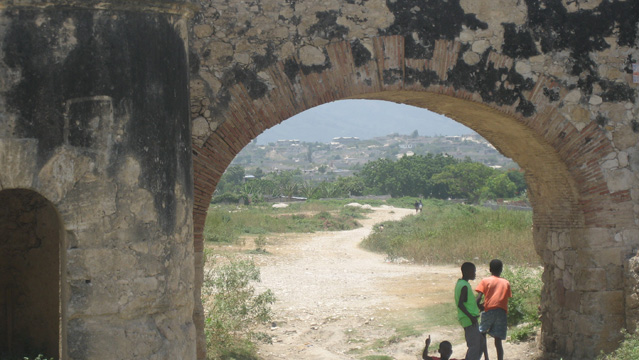
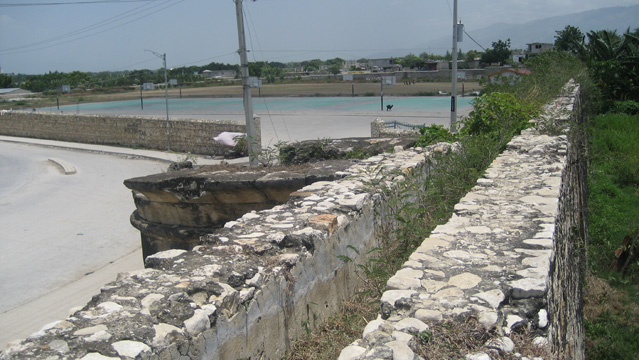
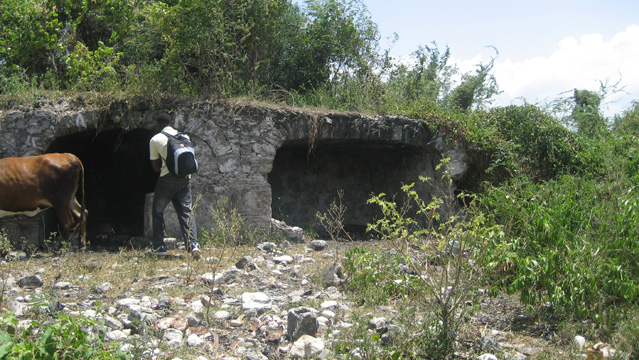
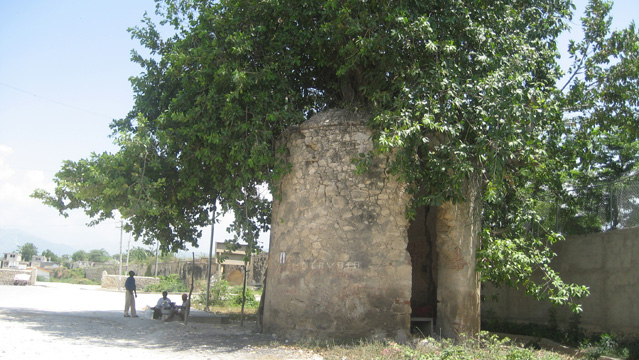
Musée Canne à Sucre (Tabarre, Port-au-Prince)
The Sugar Cane Museum in Tabarre is made up largely of the ruins of the Habitation Chauteaublond. There’s also material throughout the park following change in sugar cane’s production throughout Haitian history, including a train originally belonging to HASCO (Haitian-American Sugar Company). The site is often used for events, musical and otherwise. Although the site is well-preserved, I wish there were more of an acknowledgment of the human cost of sugar cane, historically and up to the present day. Sites like this–like plantation sites in the American South–run the risk of becoming sites of nostalgia (perhaps unwittingly so), instead of bearing witness for its victims.
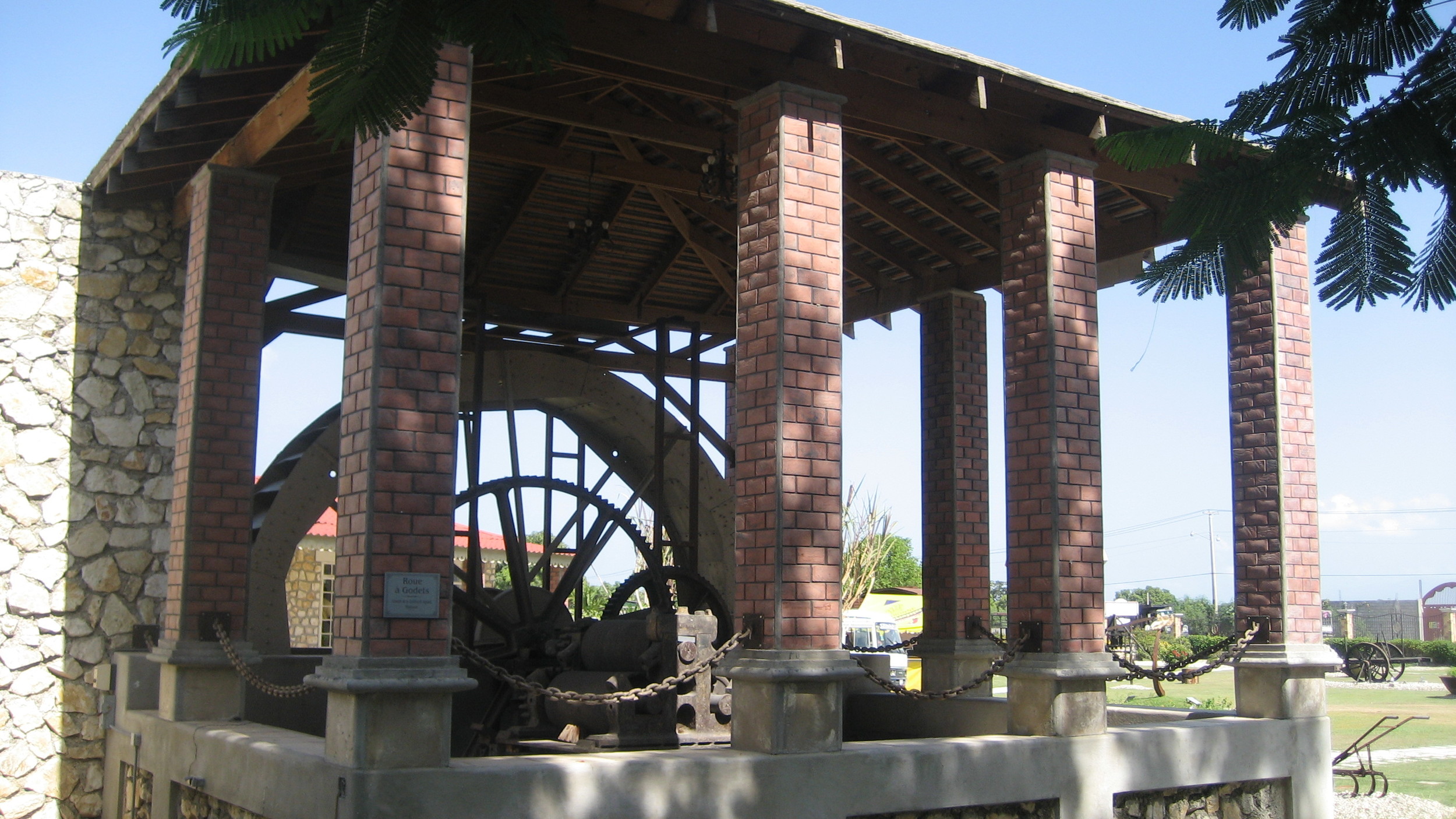
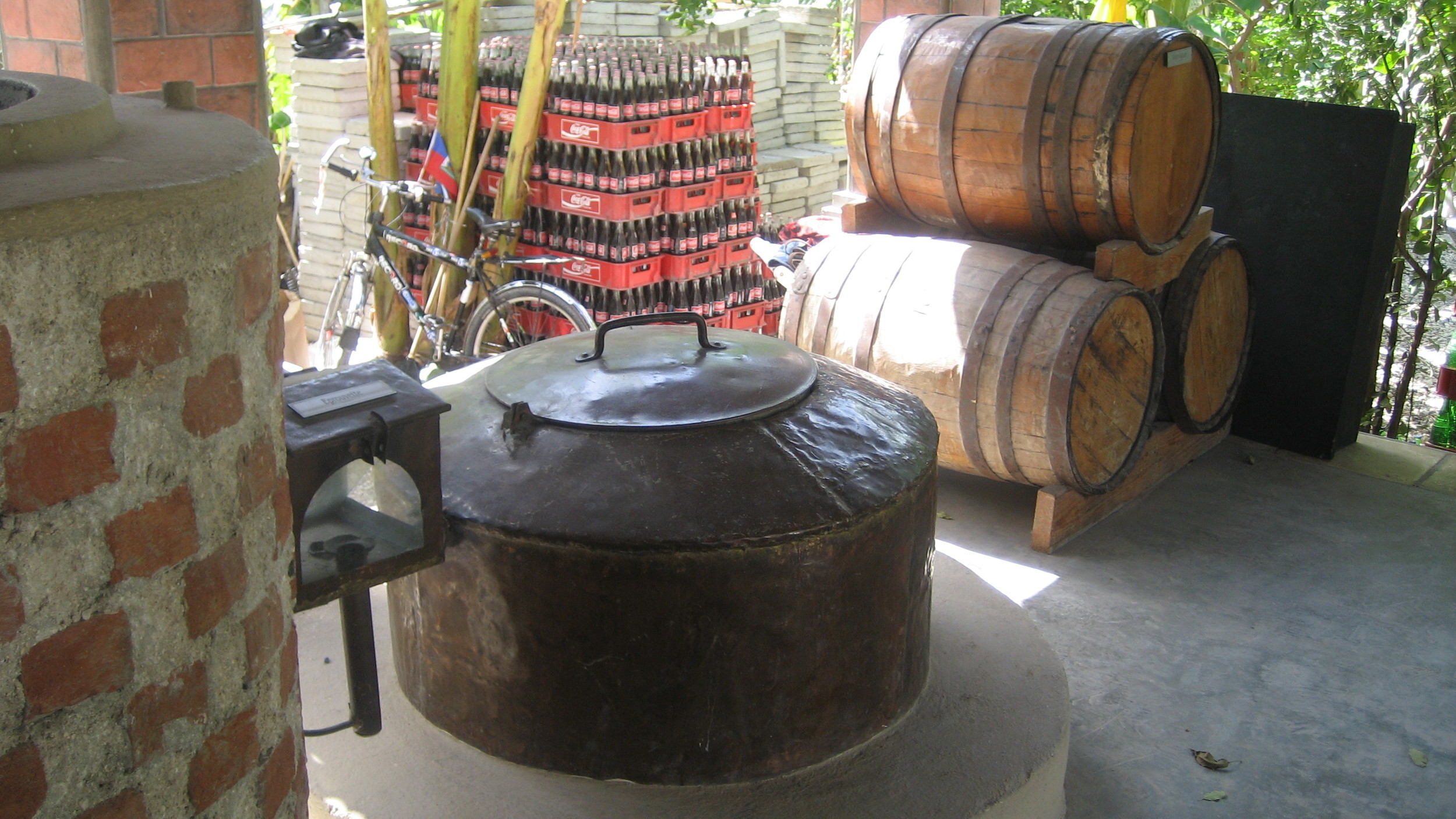
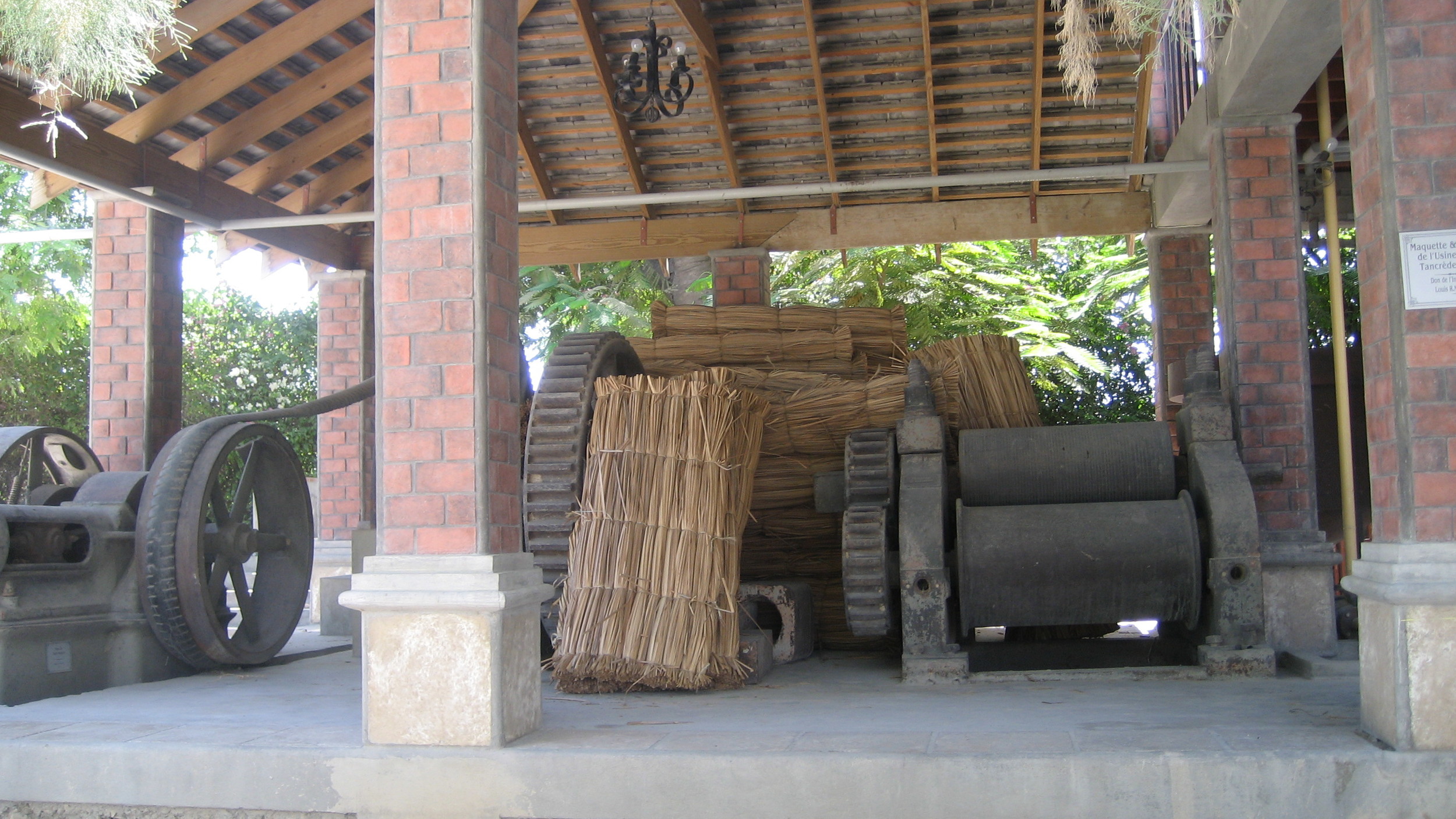
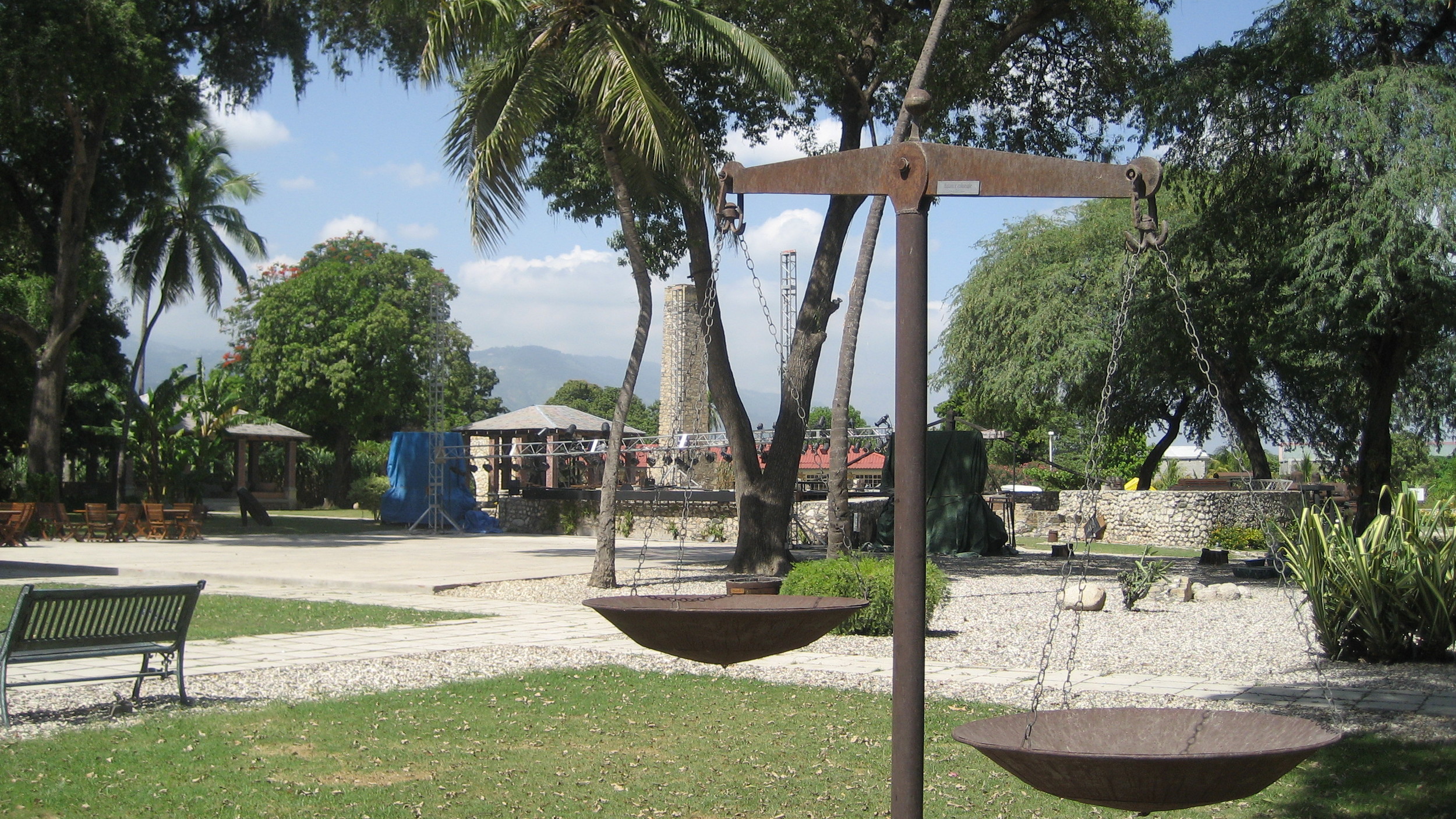

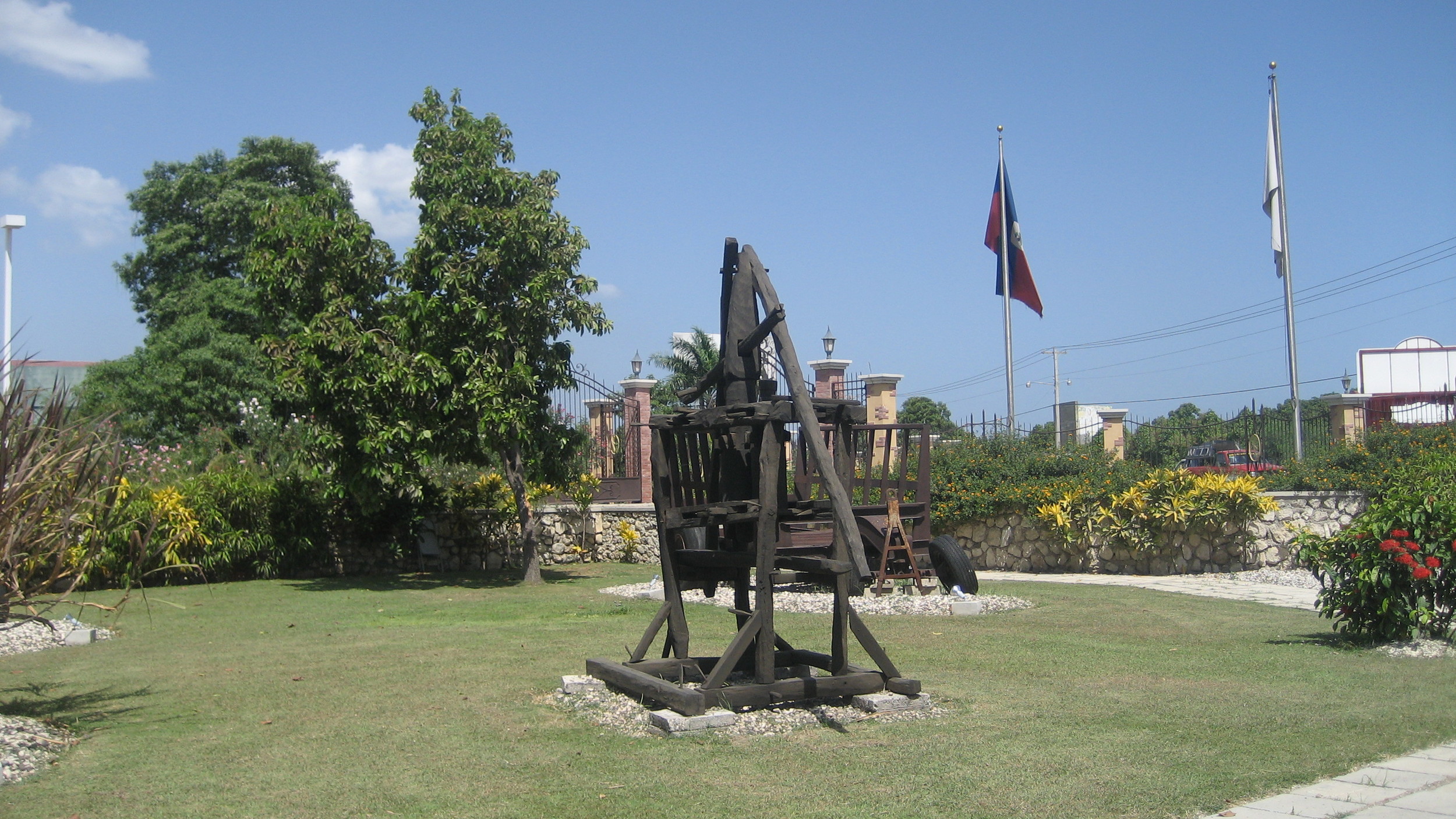
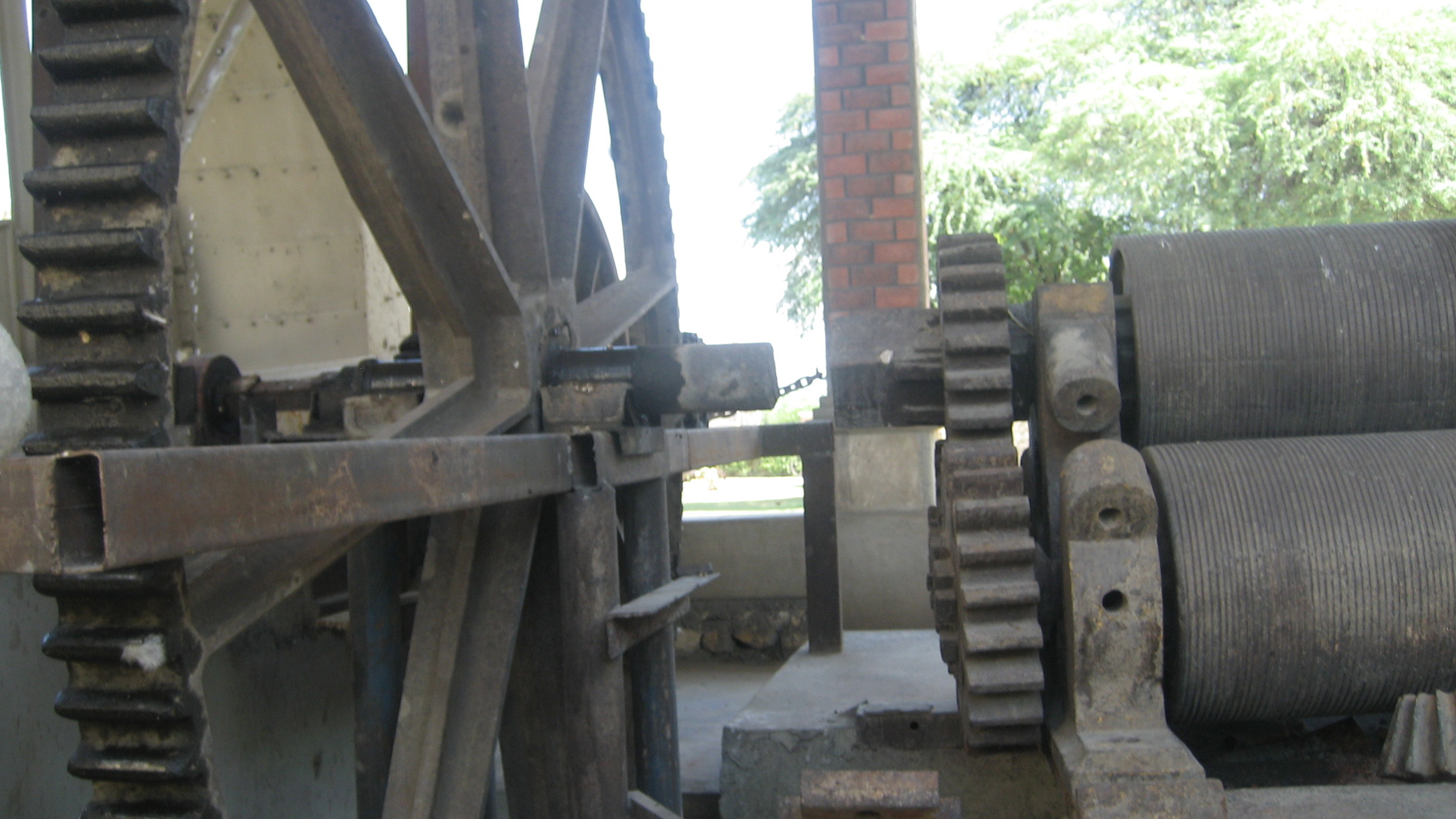
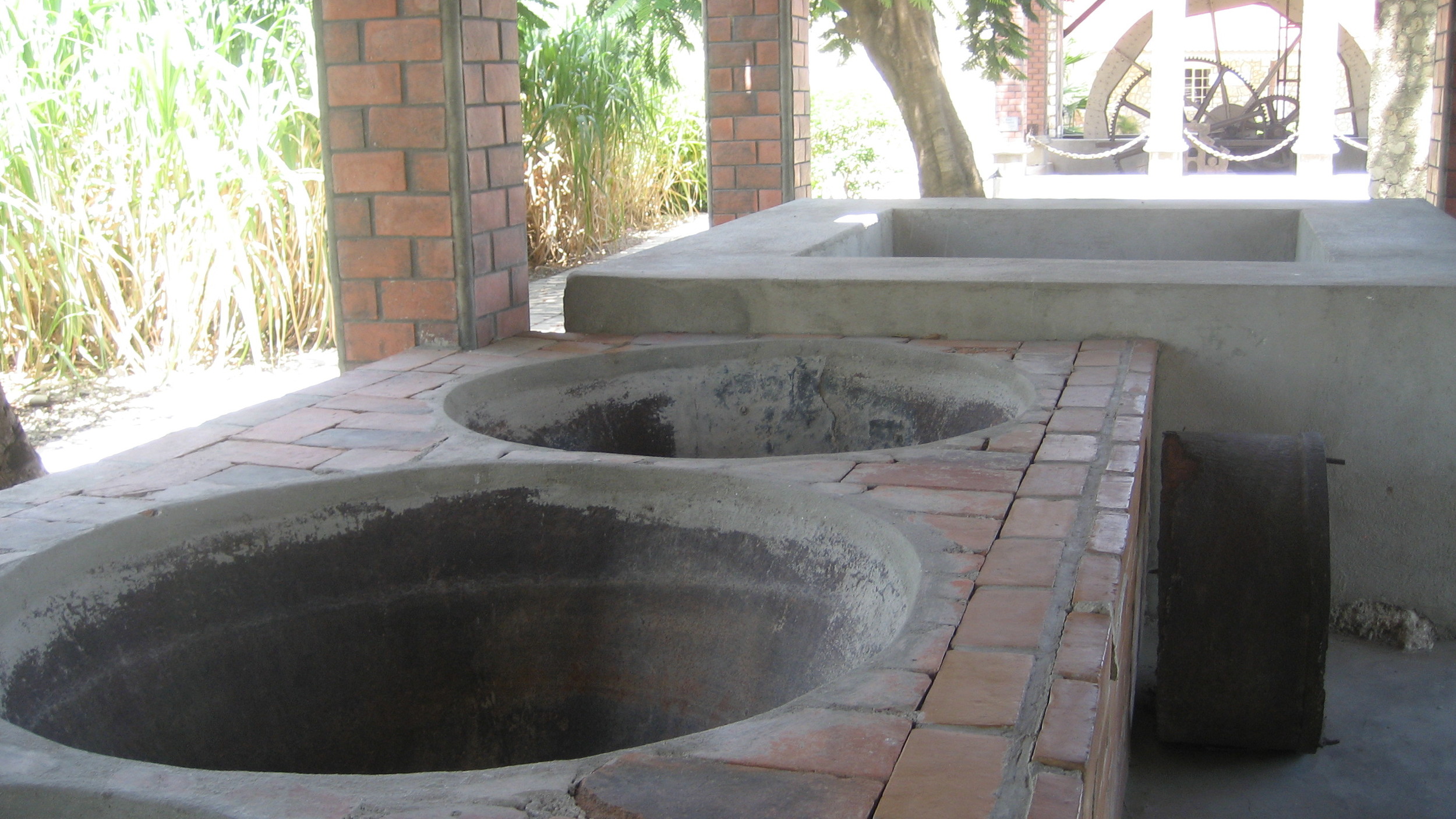
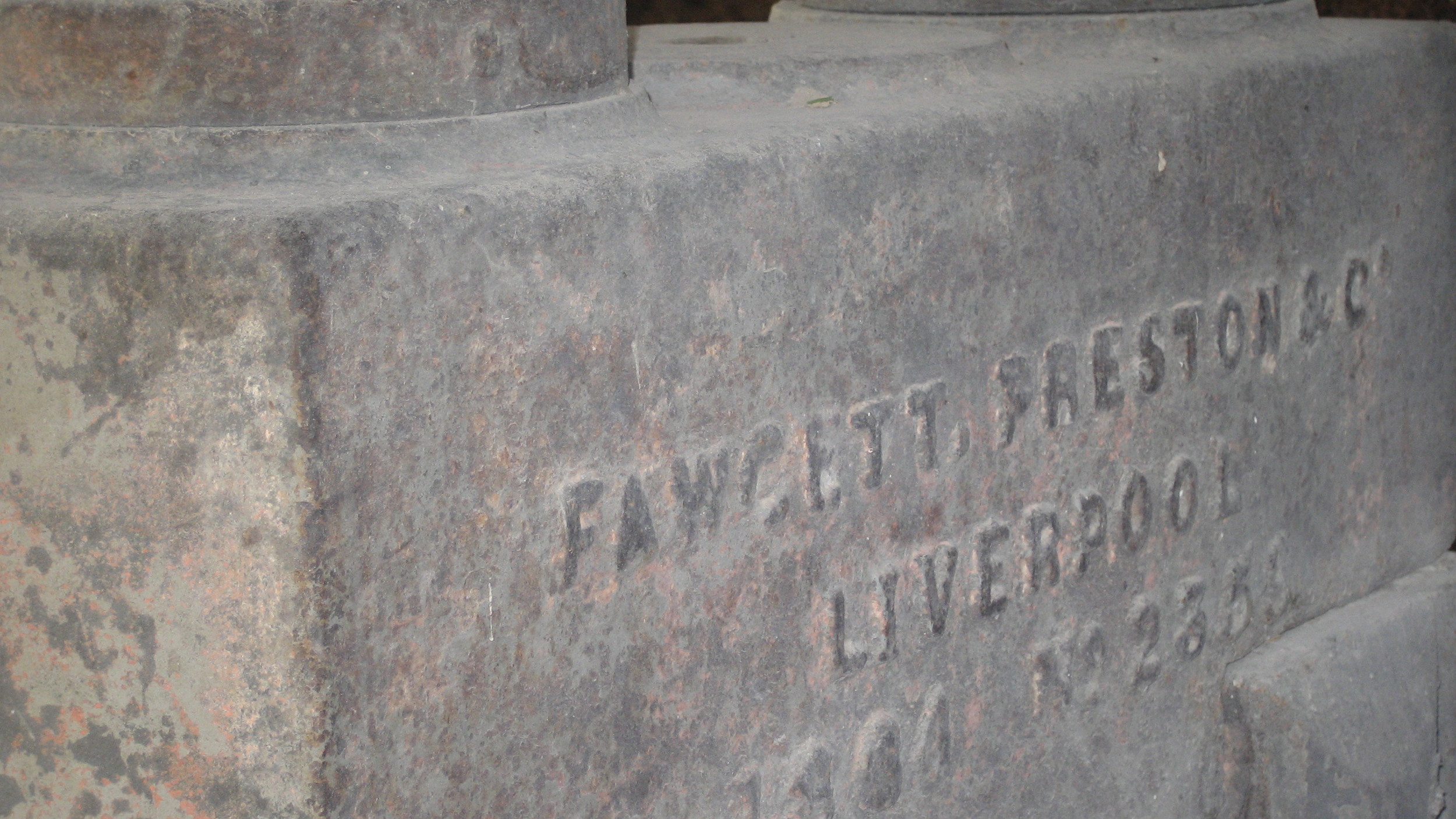
Croix-des-Bouquets and the Cul-de-Sac Region has many interesting sites. Click below for photos.
Moulin Sur Mer (Côte des Arcadins)
On the Côte des Arcadins at Montrouis, Moulin sur Mer is a beach resort and home to Le Musée Colonial Ogier Fombrun. Remains of a sugar-cane plantation (~1750) have been integrated into this resort. There is a sugar mill outside the main building, of which the museum occupies the majority. There are a number of items from the time of slavery as well as the revolution.
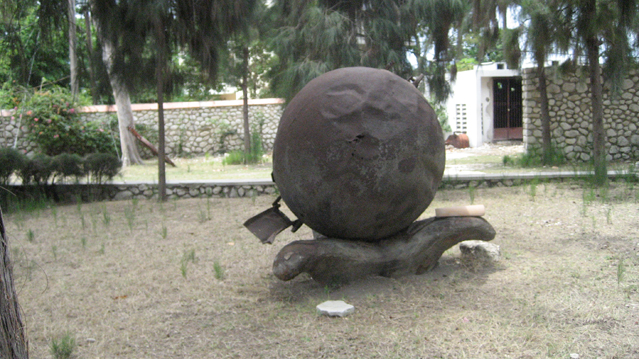





Habitation Lamothe (Chaine des Matheux, above Côte des Arcadins)
In the Delices region, in the mountains above Côte des Arcadins, Fort Drouet and Habitation Lamothe were recently made significantly more accessible by the new road between Cabaret on the coast and La Chapelle in the Artibonite valley. ISPAN has marked it with signage, assigned caretakers, and written about it in a recent bulletin (see resources). The fort is one of the string Dessalines envisioned lining the mountain chain, and I could just barely make out Fort Delpeche (see below) to the north. See the coffeehouses of Kotad link below for more photos (and a detailed post) of coffee houses in this region by Barry Procter.
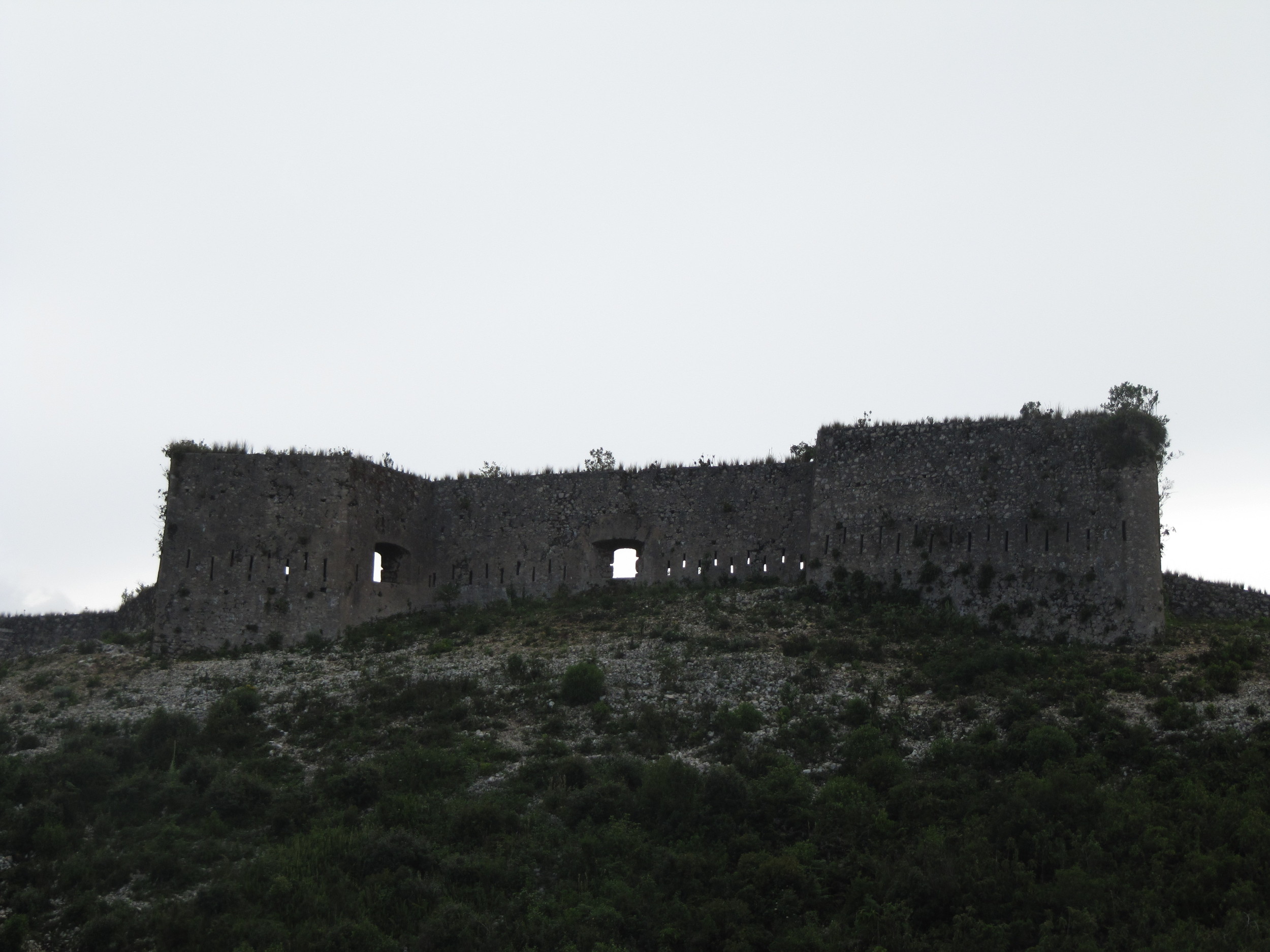
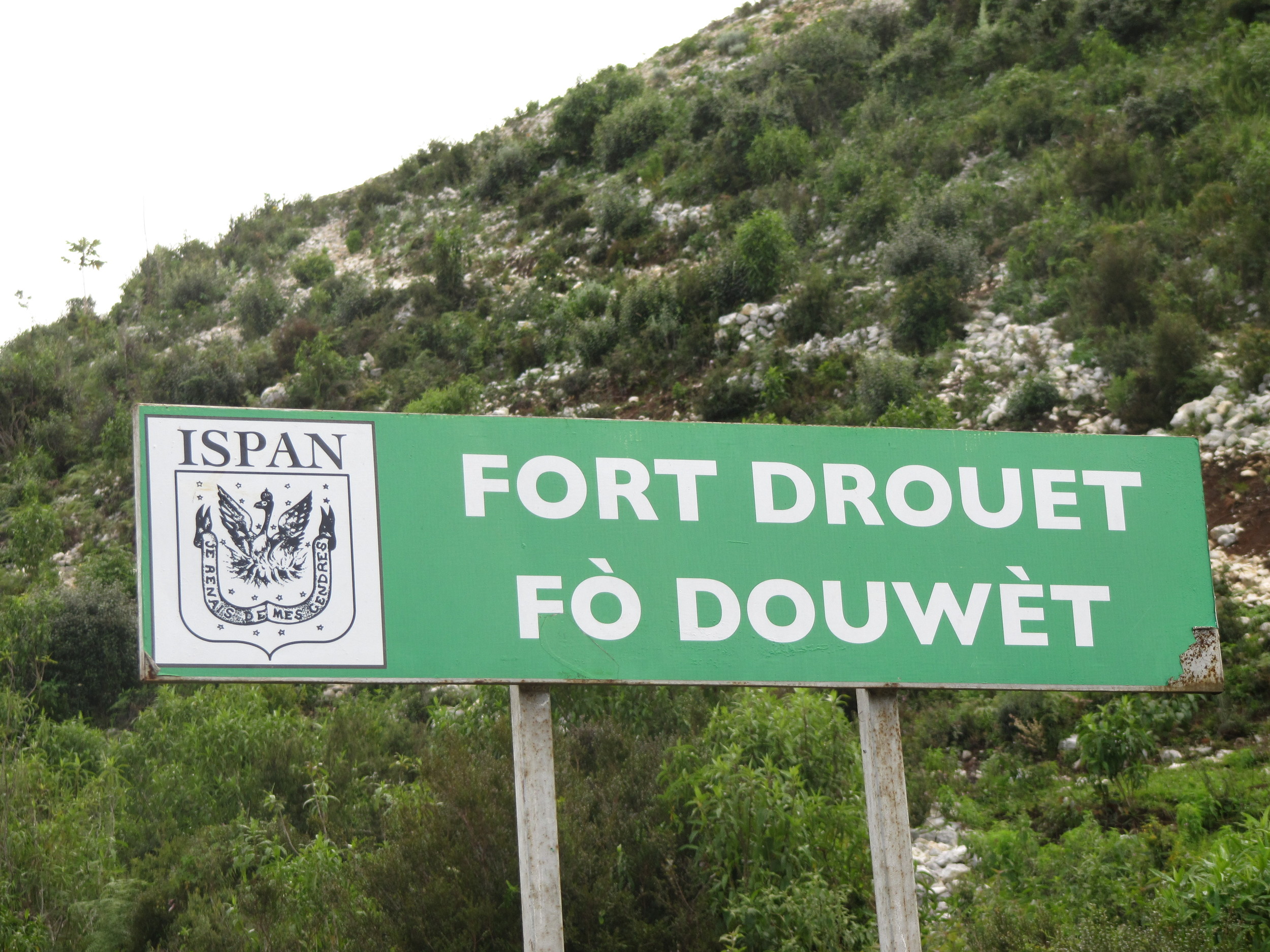
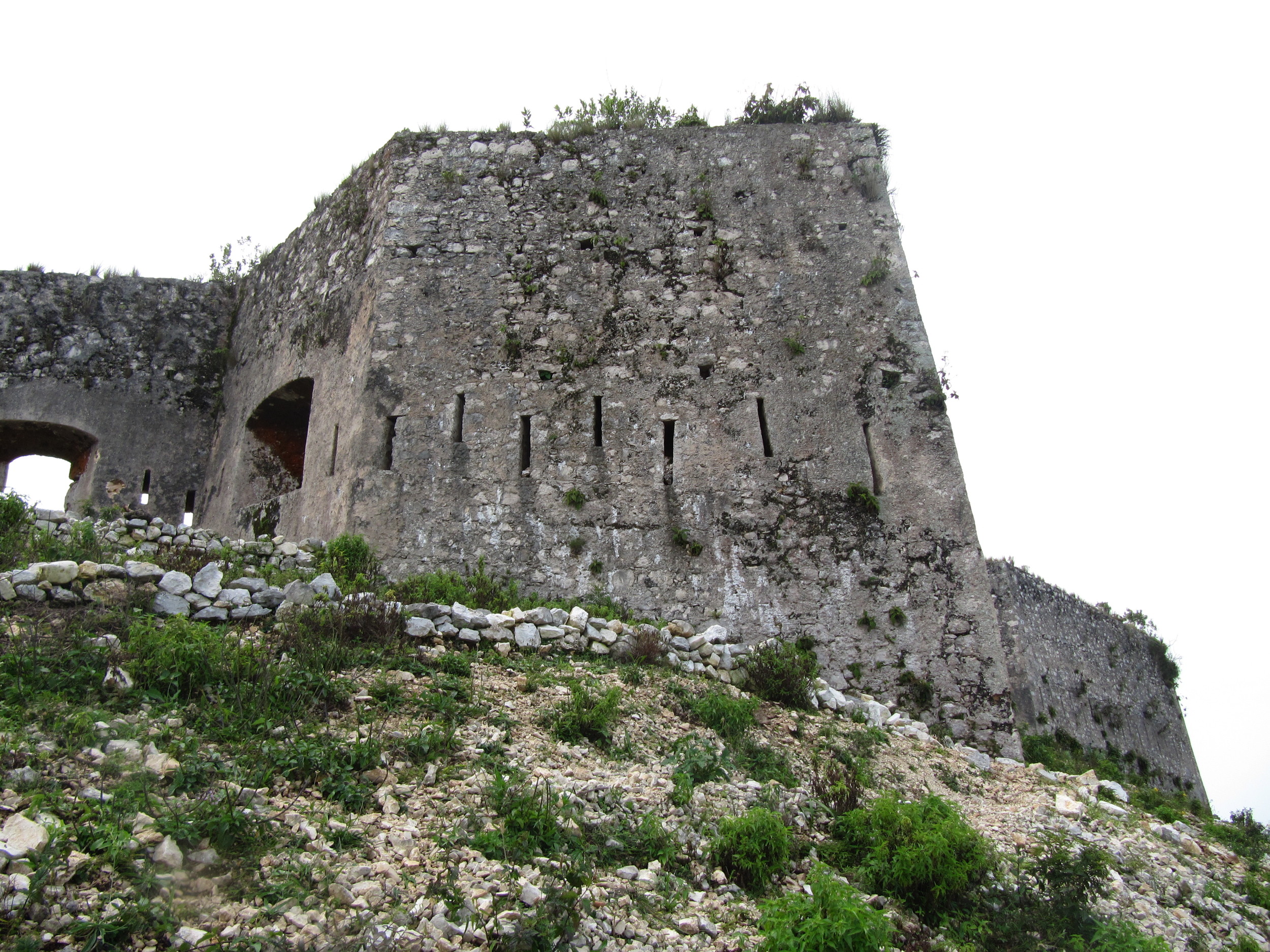
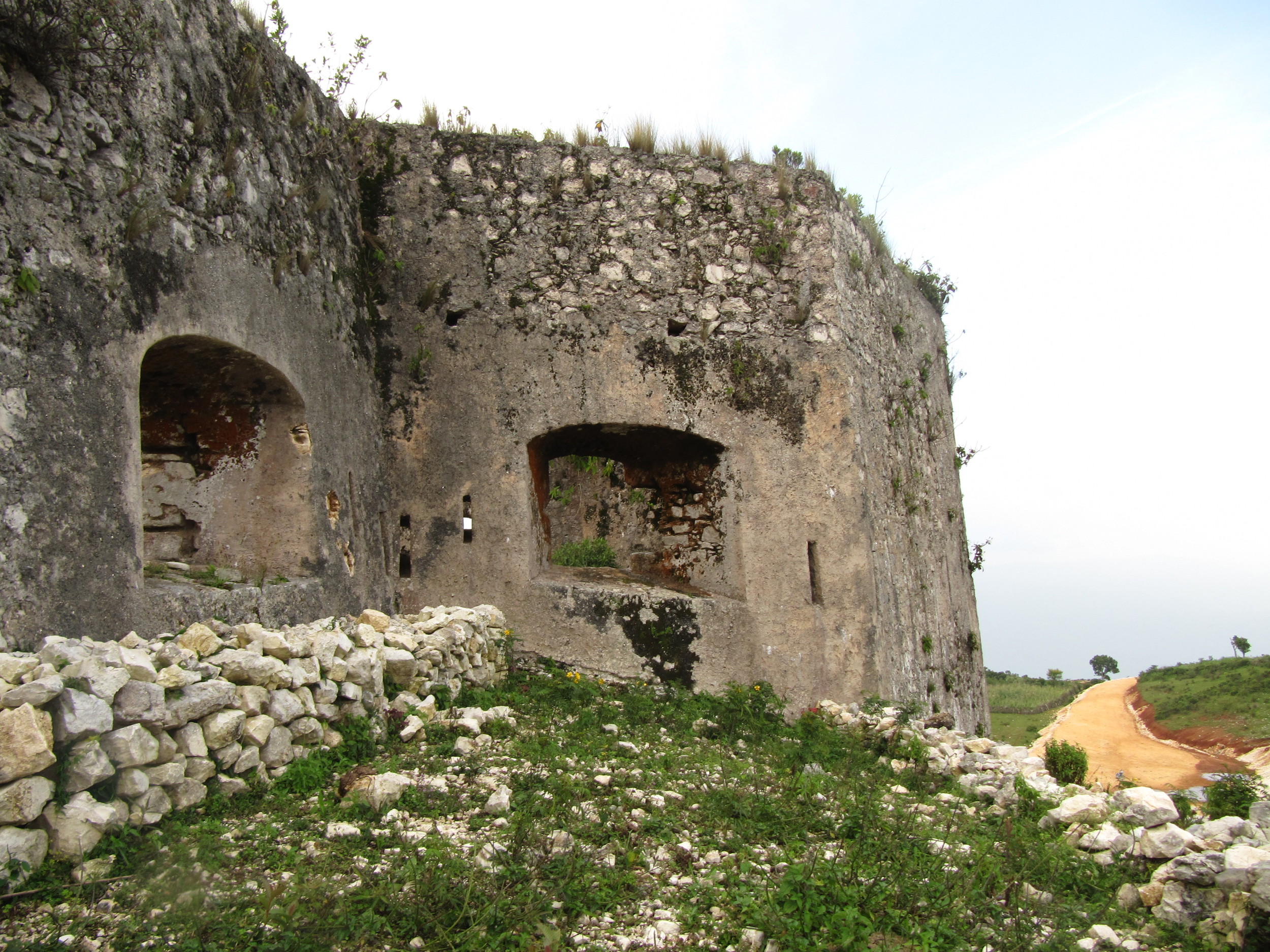
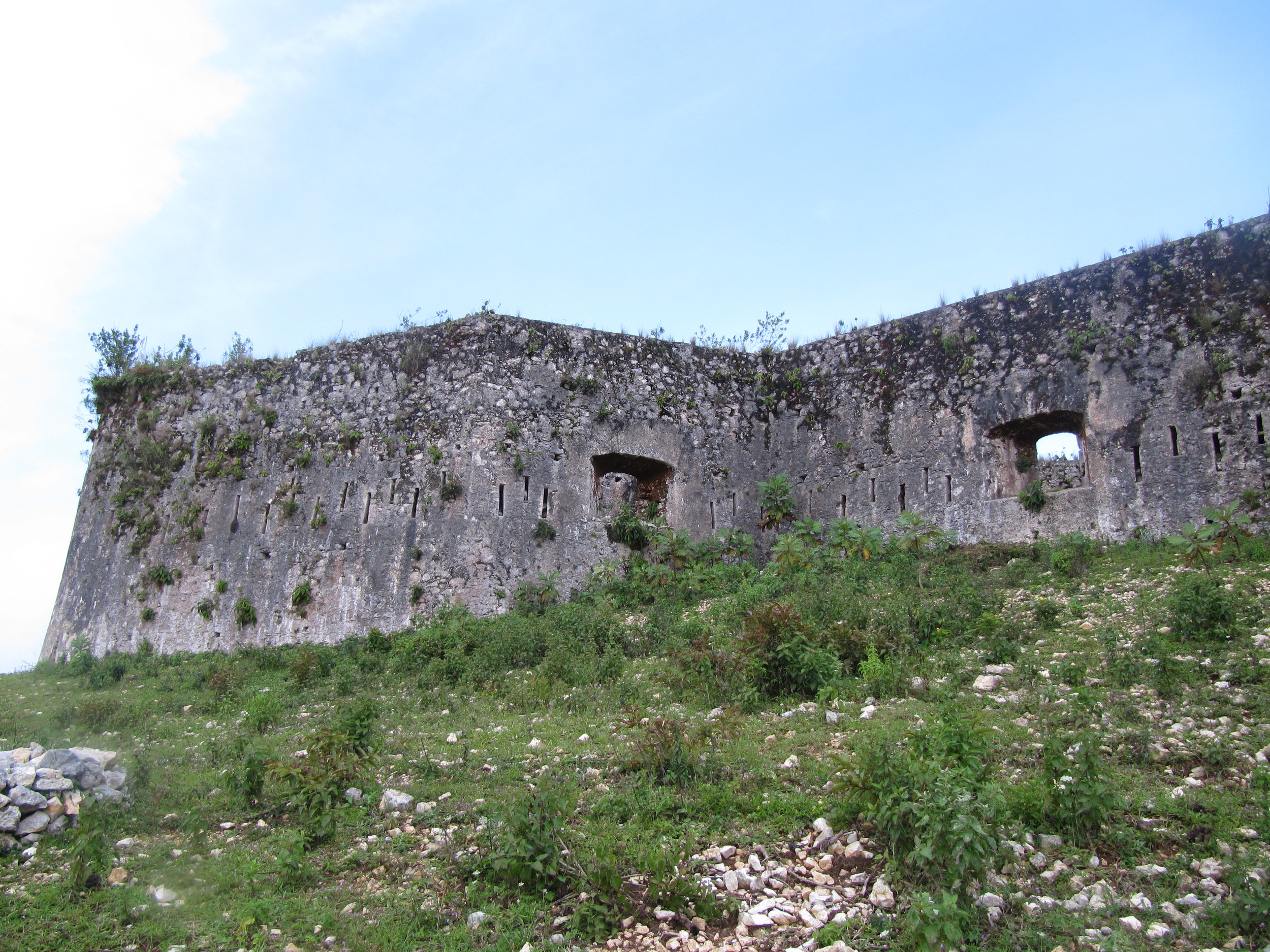
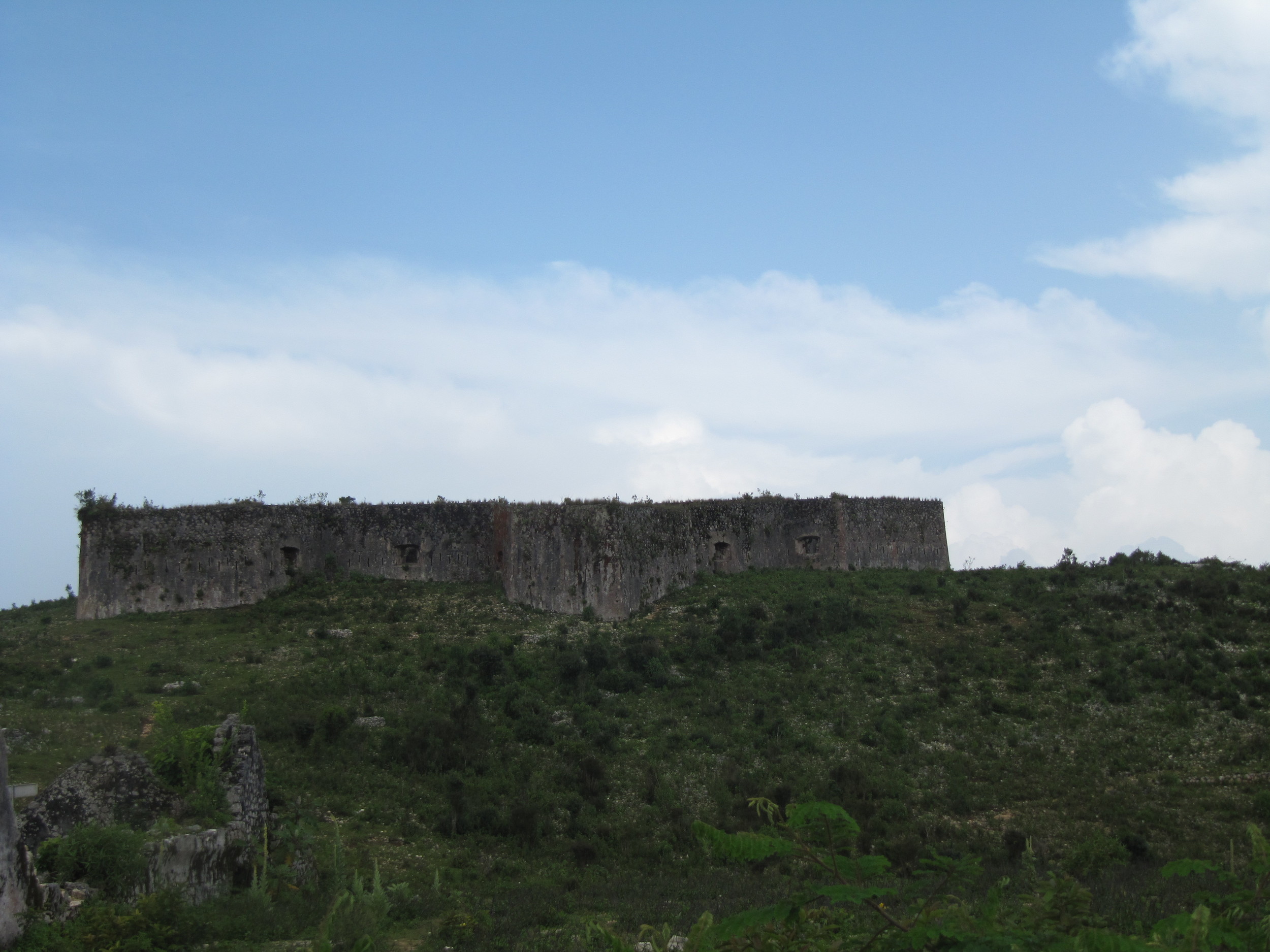
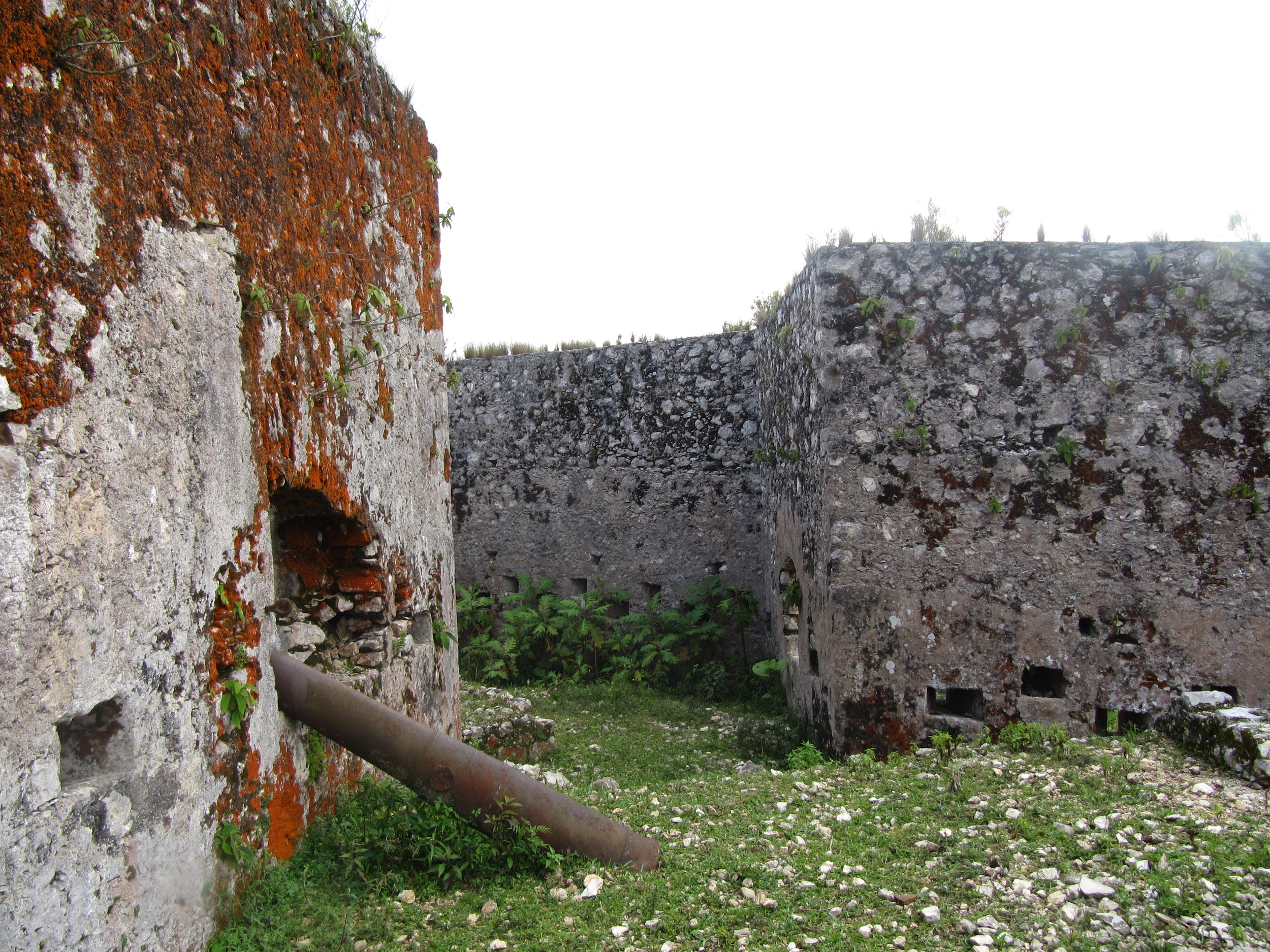
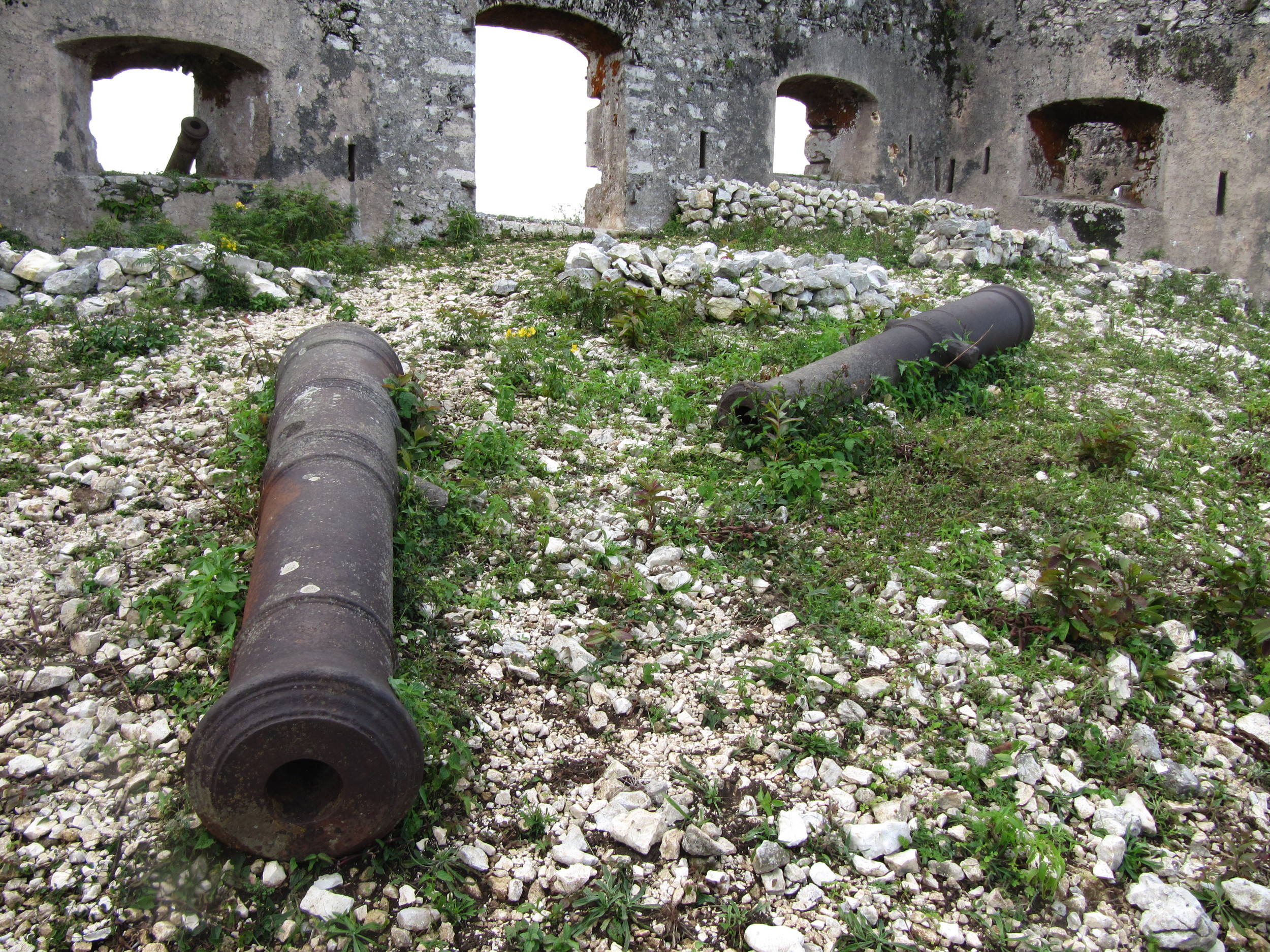
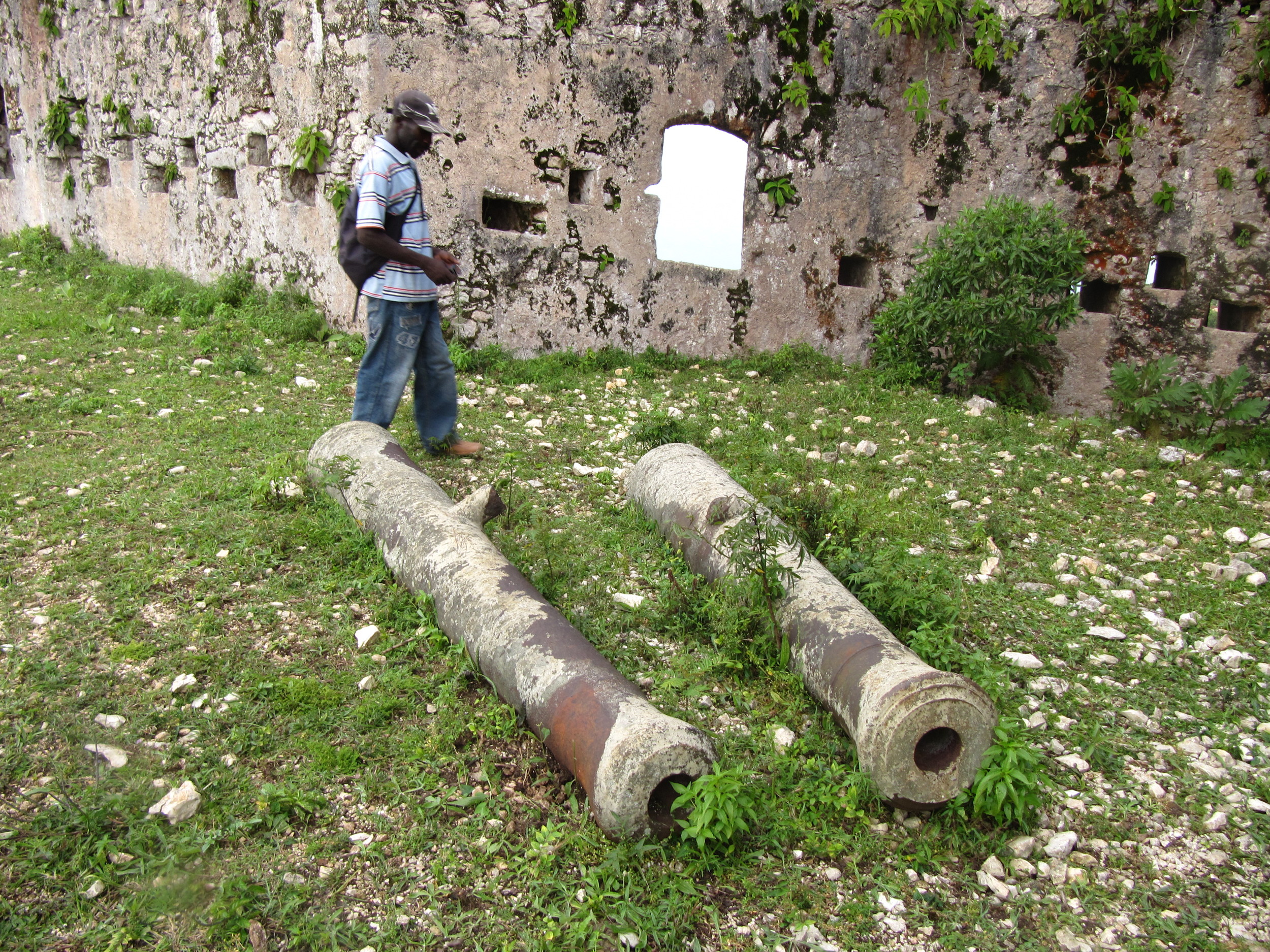
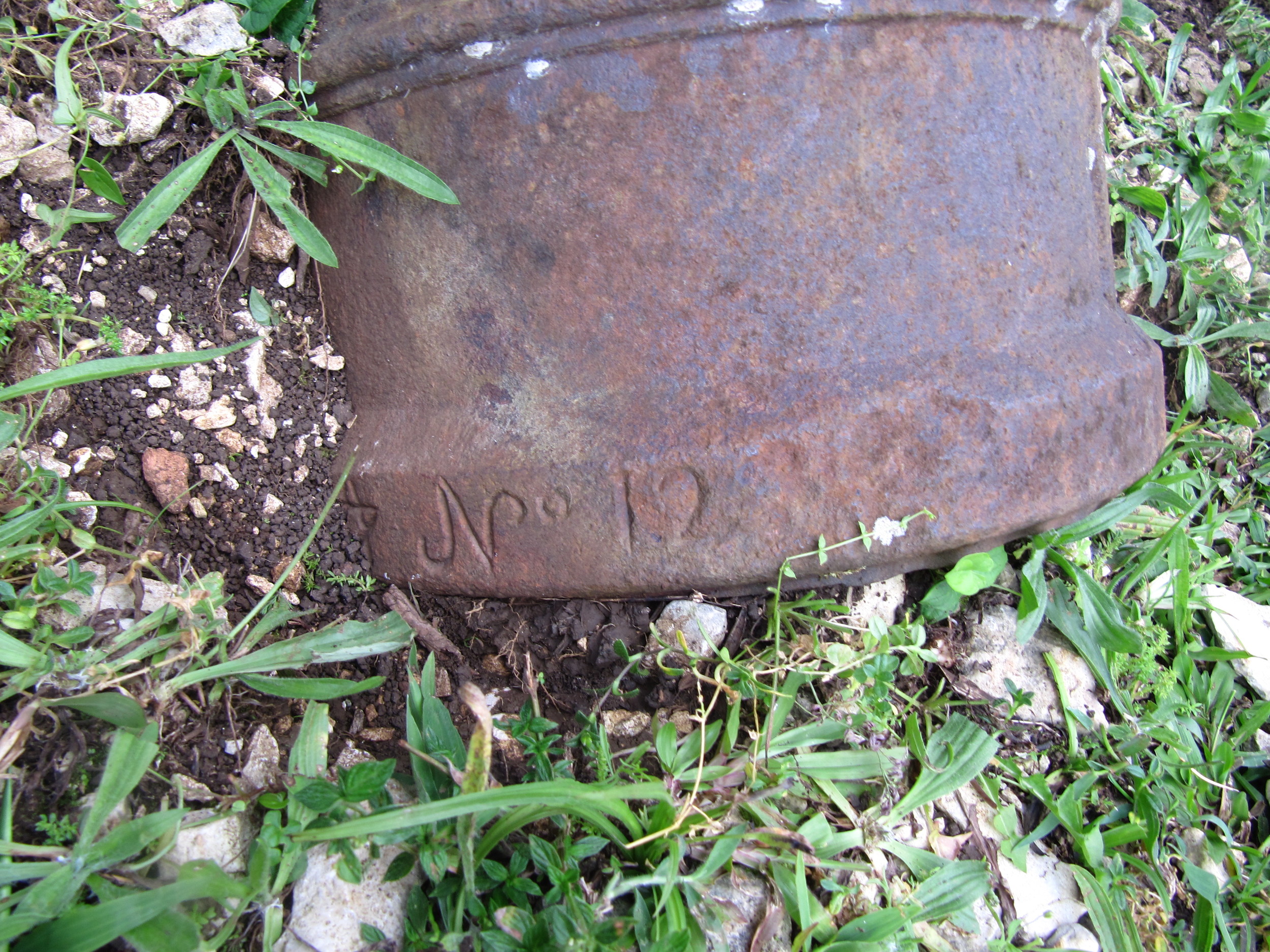
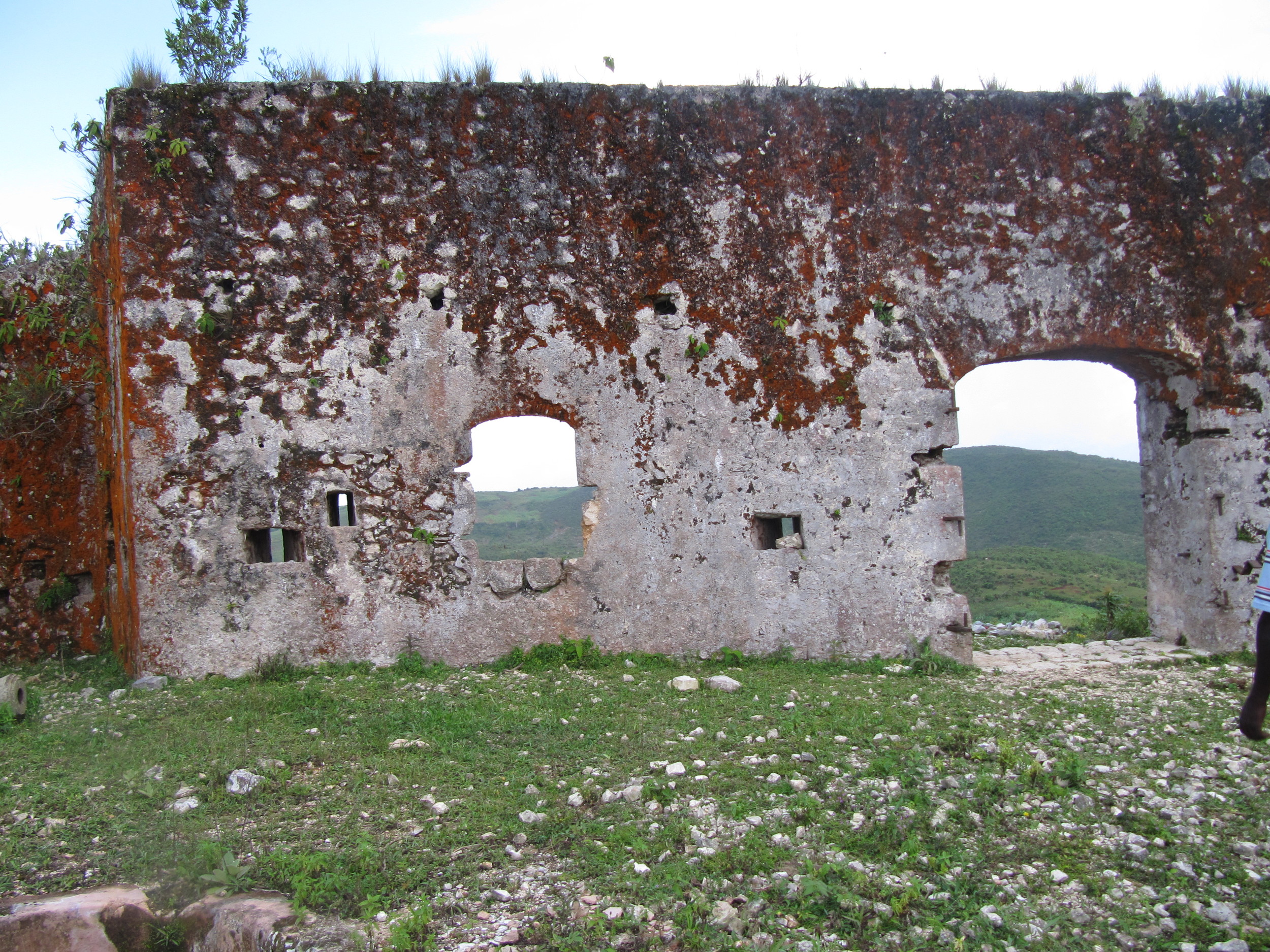
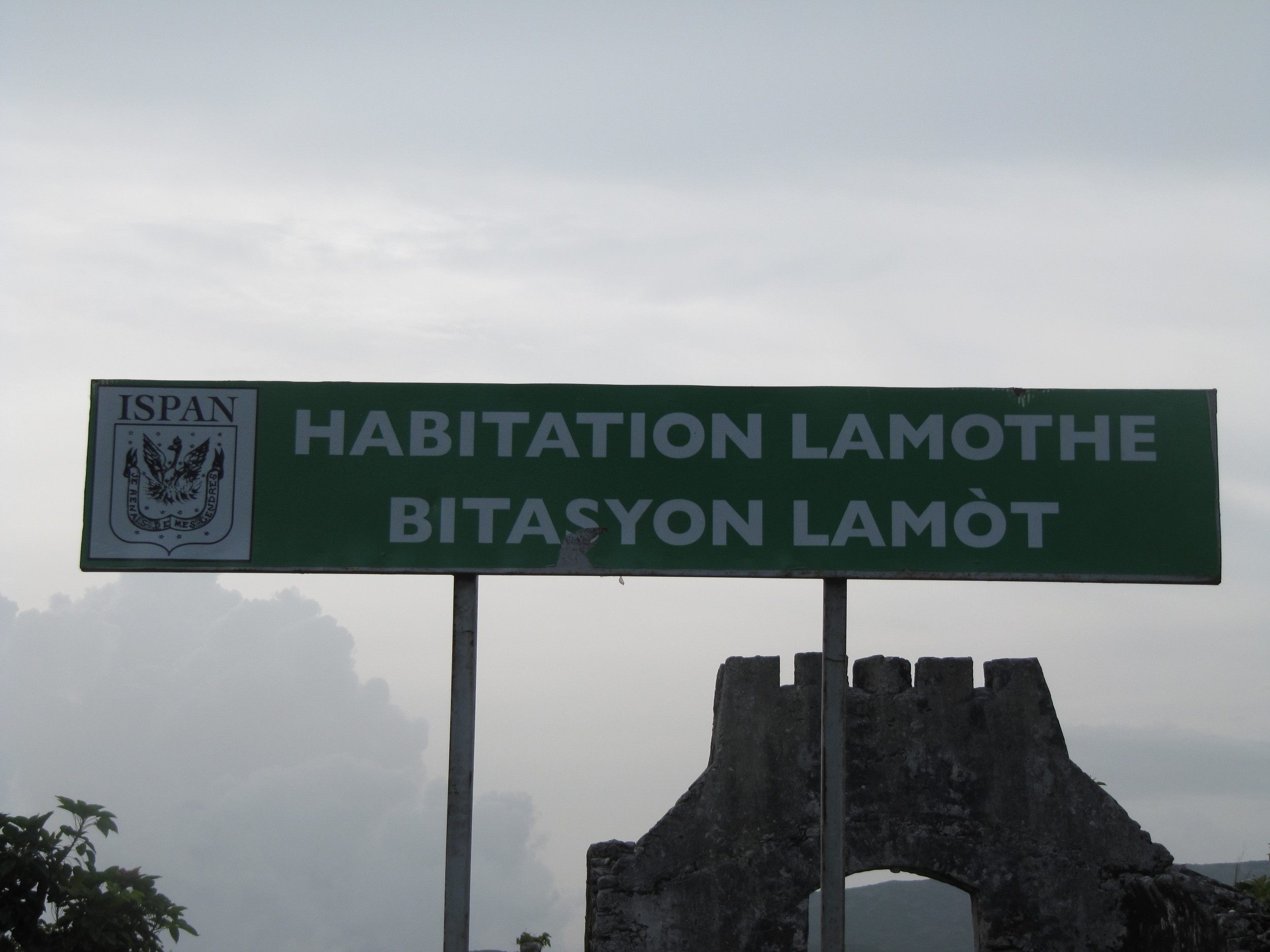
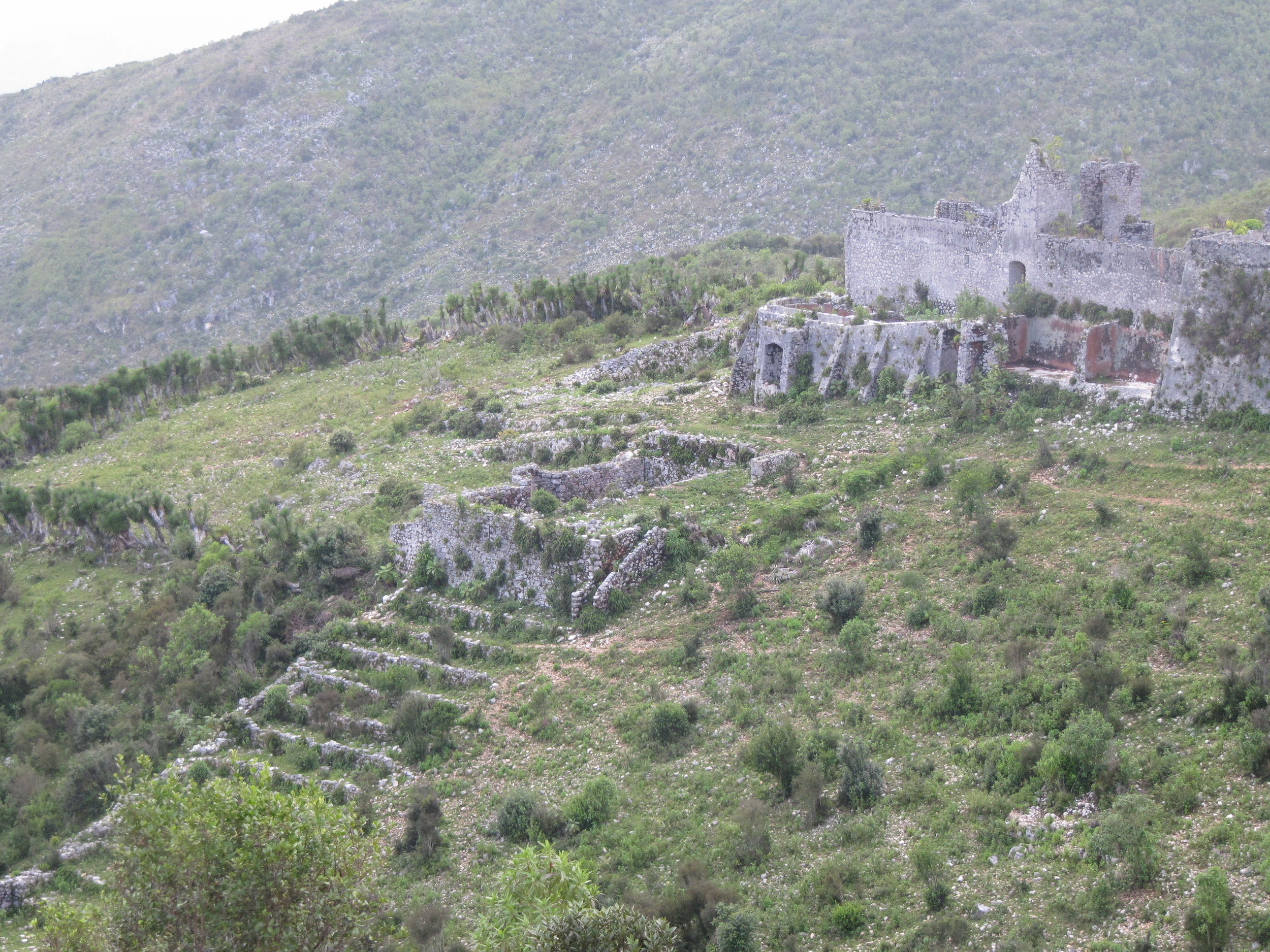
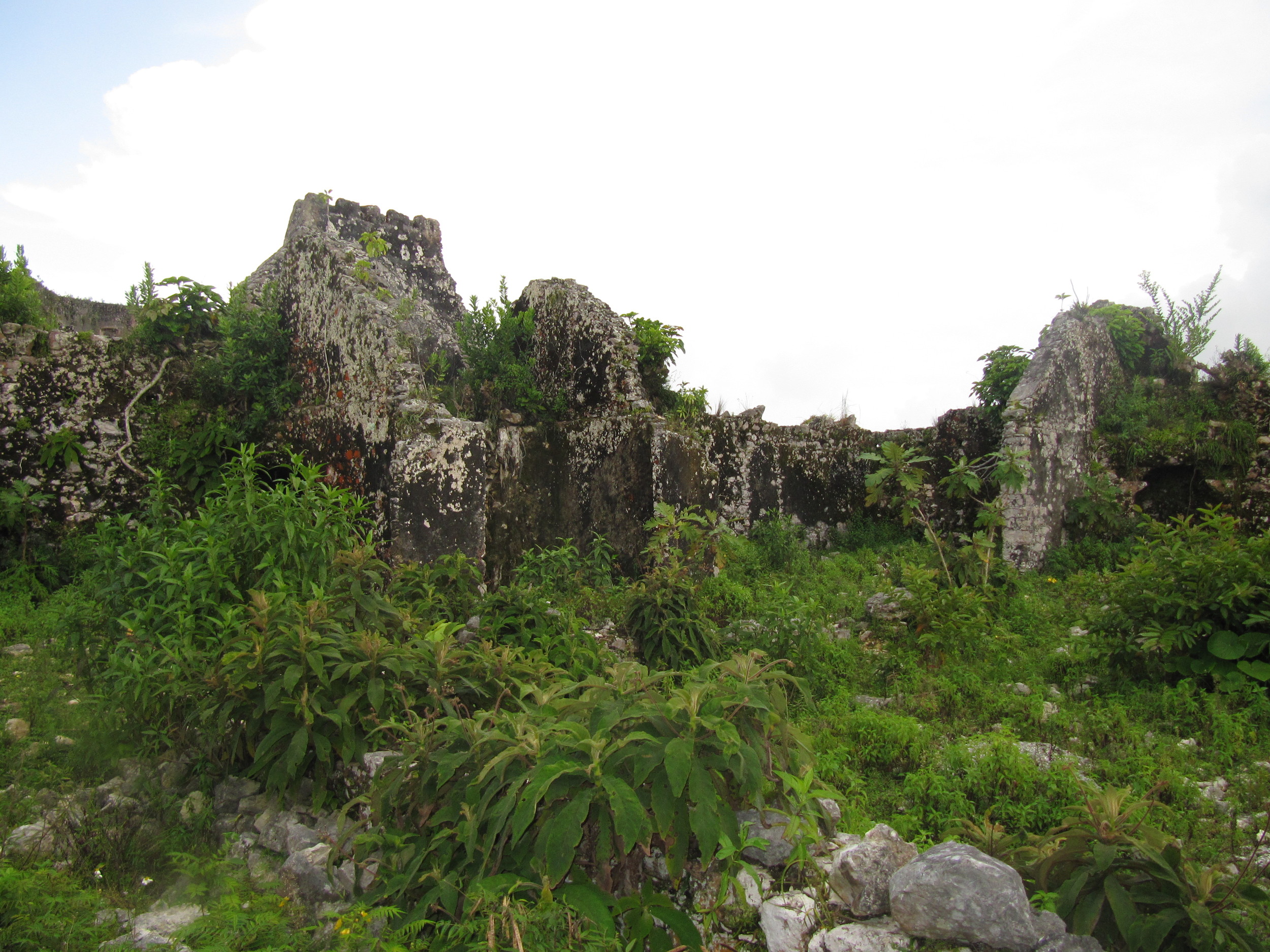
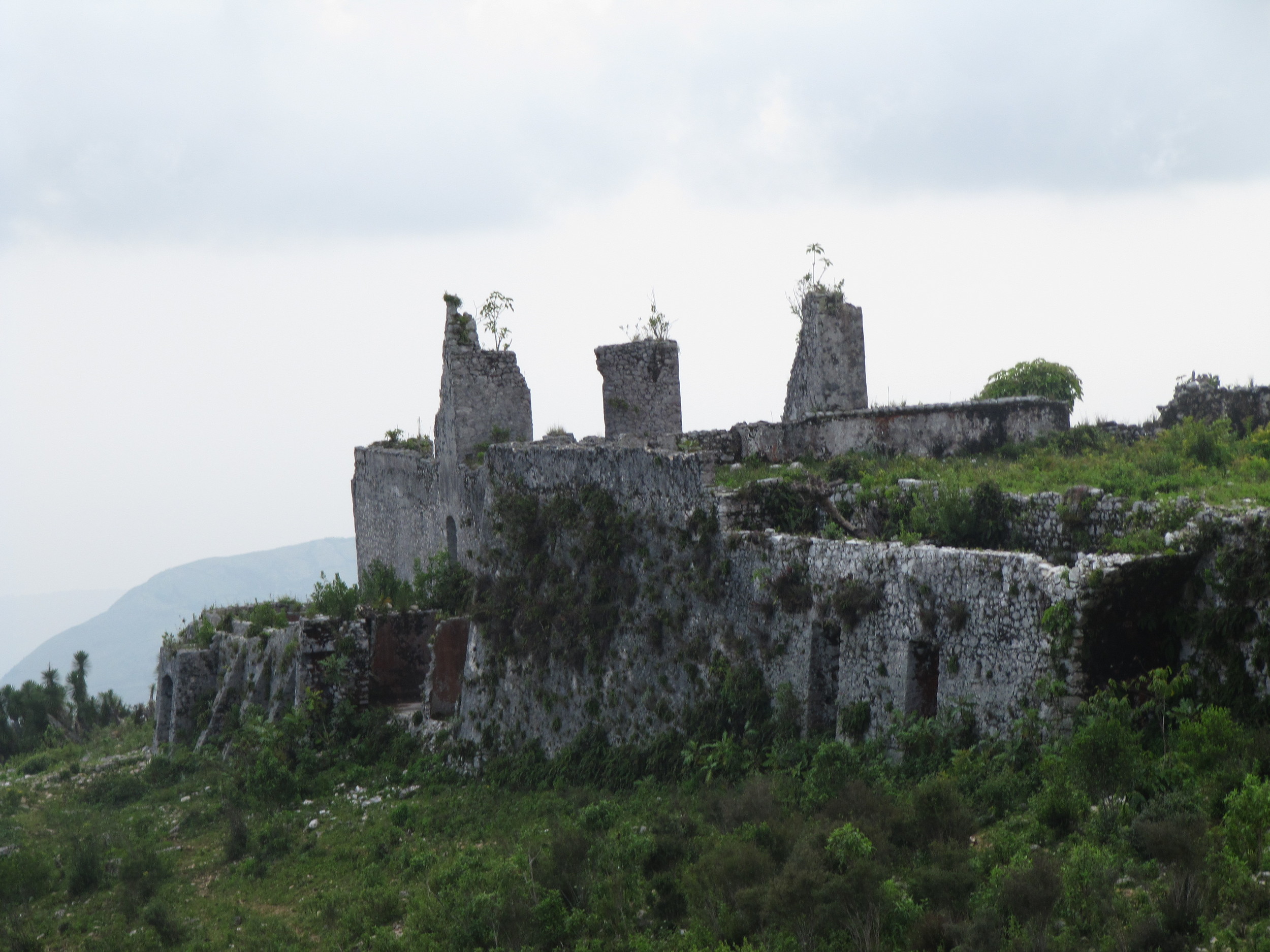
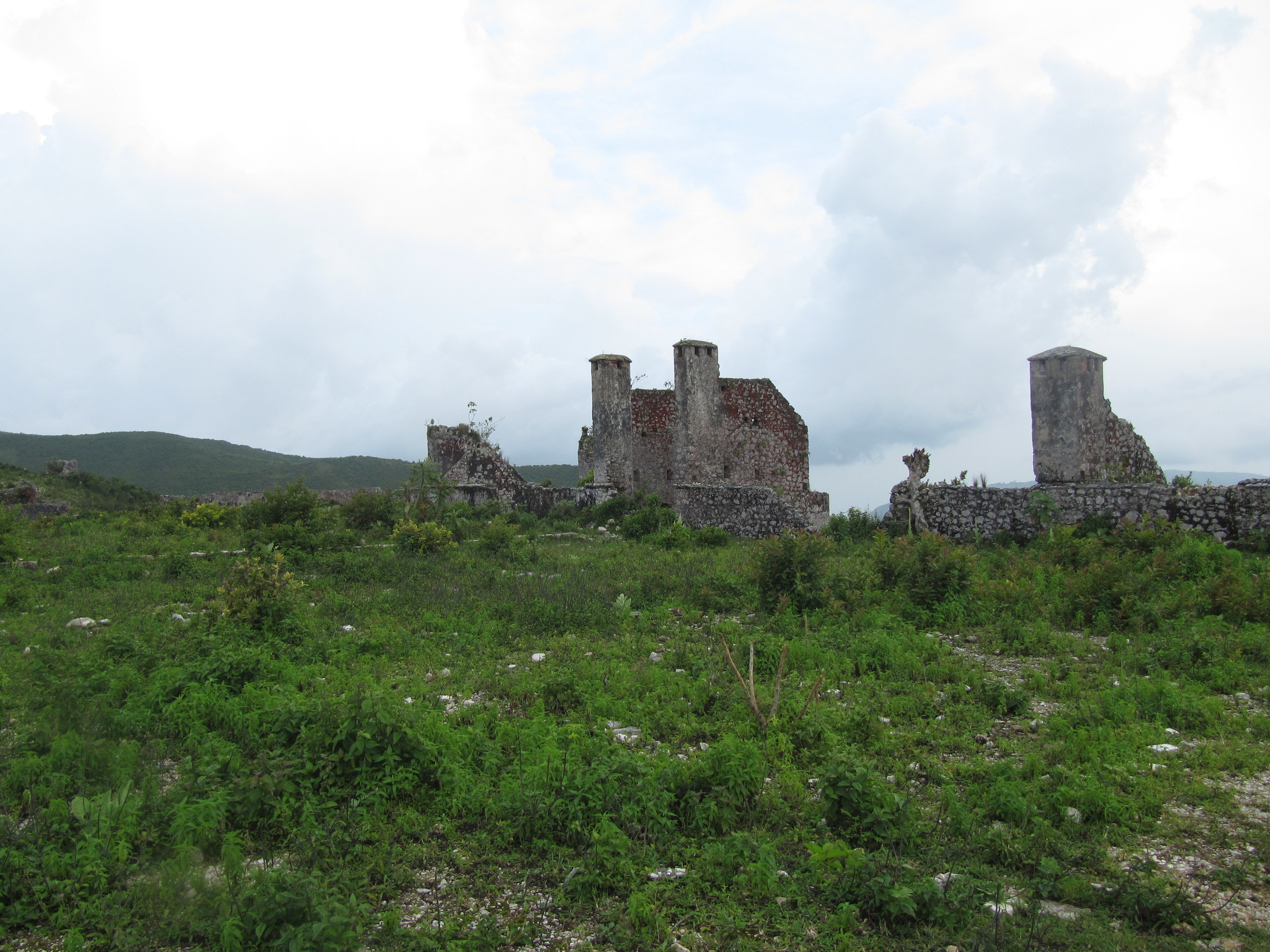
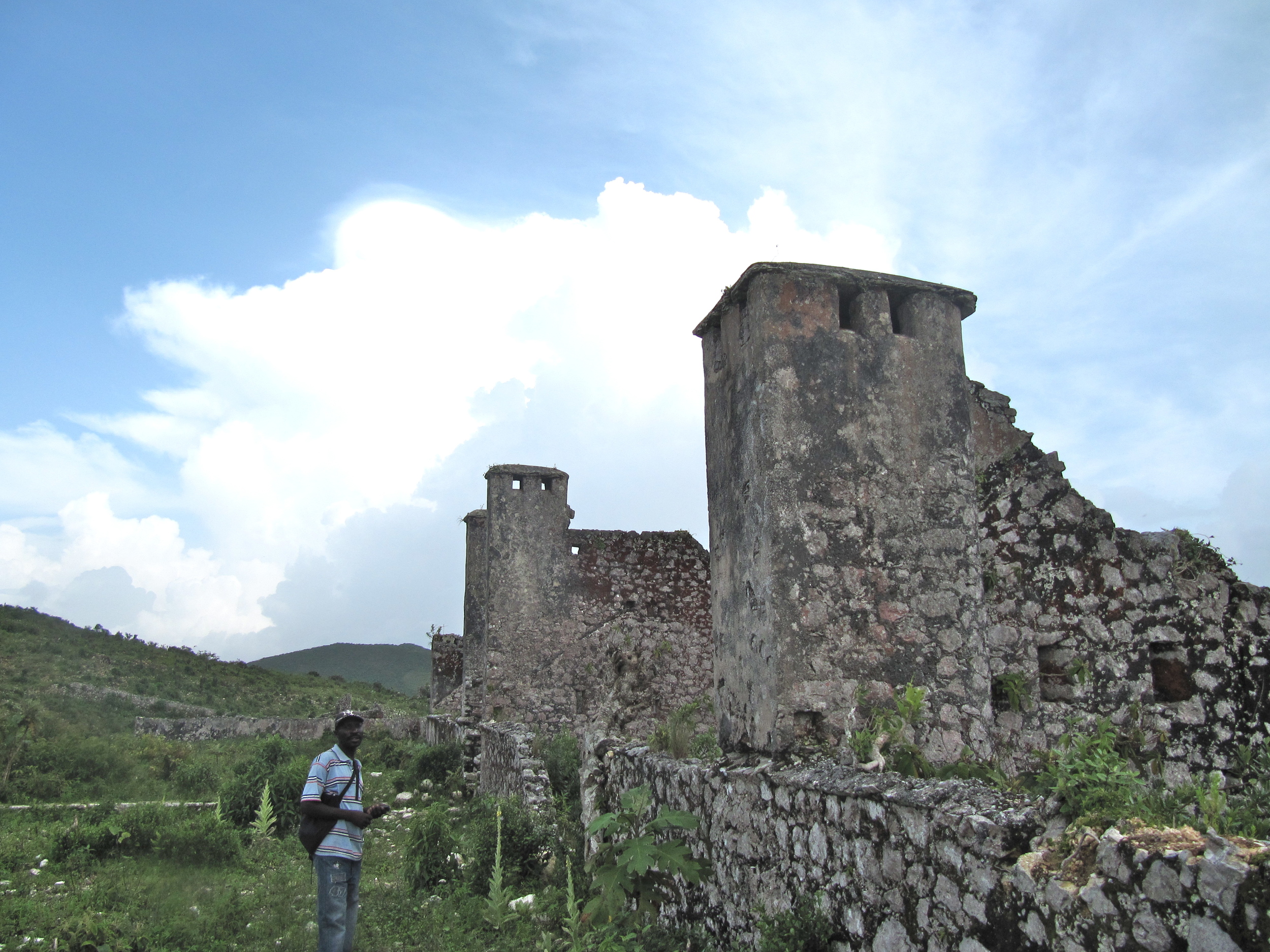
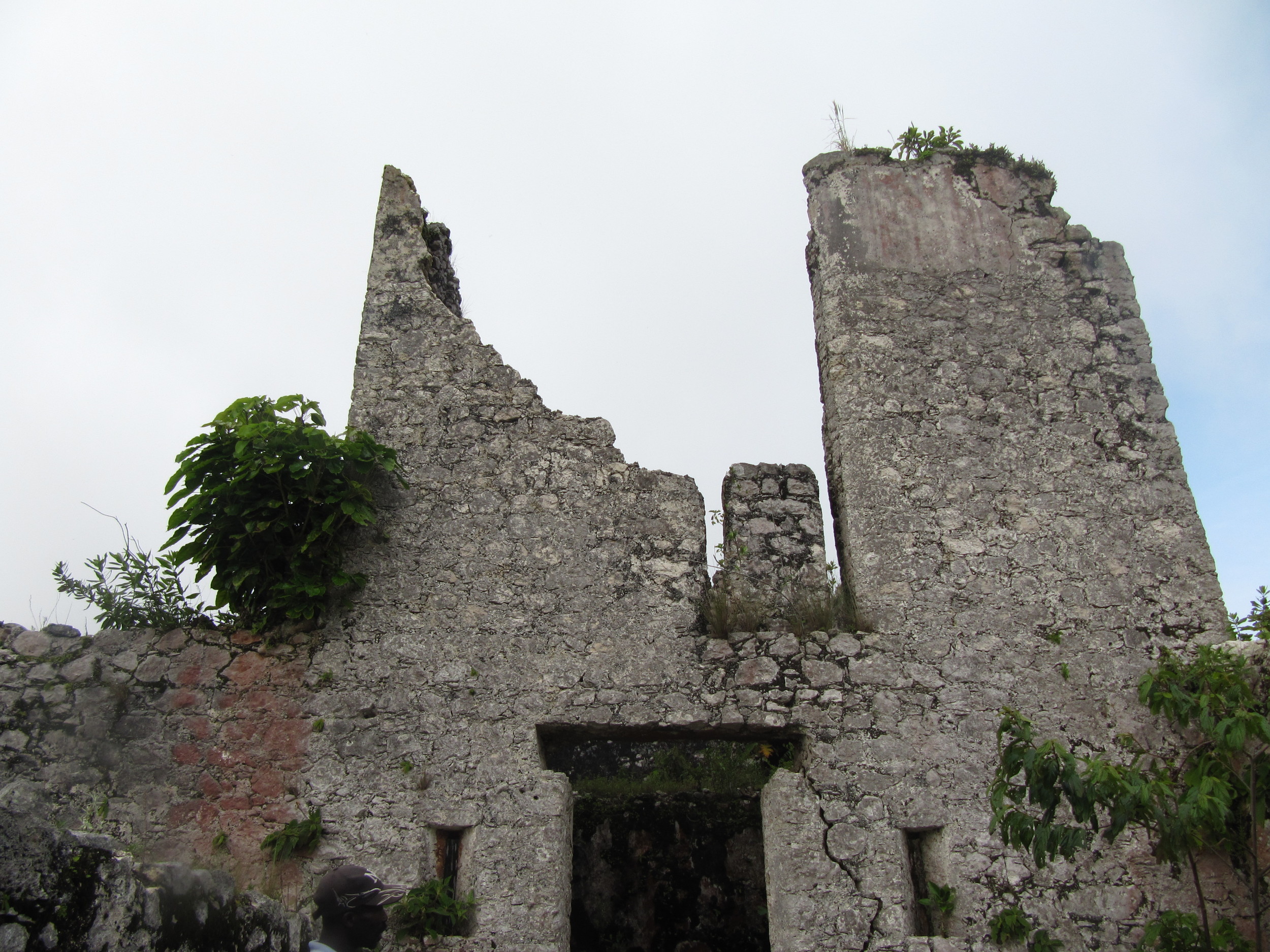
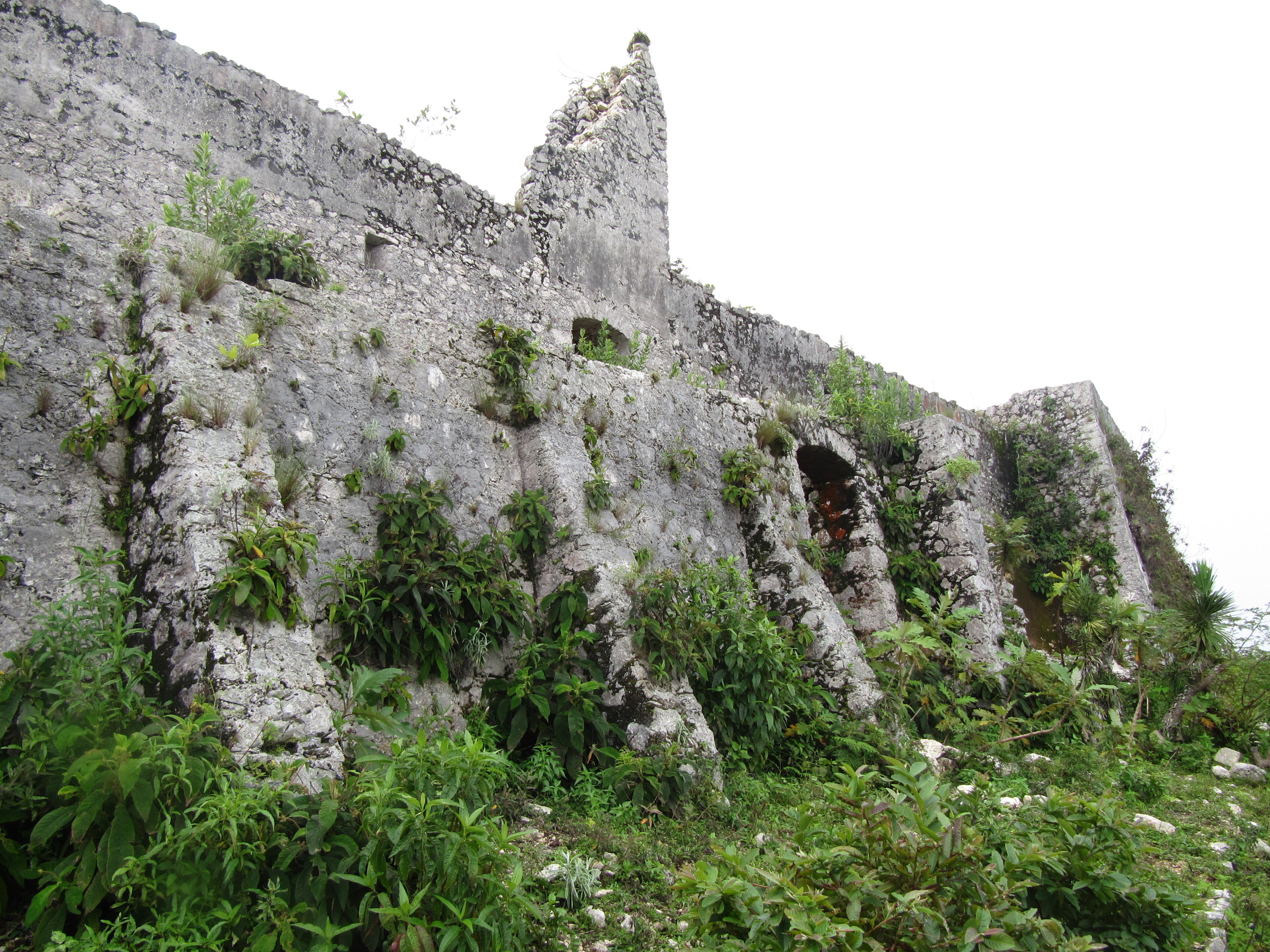
Click below for a page on the coffee houses of Cortade in the Chaine des Matheux, all generously provided by Barry Procter.
Quartier Morin (North)
Habitation Detreille is on a tree-lined avenue on the way to Habitation Duplat in Quartier Morin, just east of Cap. ”Le travail est mon bonheur” is a cruelly ironic message in the southern pillar of this former sugar cane plantation. Many details on this Habitation and others can be found in this article by the French government’s patrimony department. The second site is Lovana aux Pierres, famous for the lwa Lovana, represented by several silver fish in a basin; I was told on my visit that it was Habitation Duplat, but I’ve also read that this is Habitation Dupuy. Supposedly wearing earrings, the fish will grant wishes to those who seek. On my visit, I was told serviteurs come twice a week, with an annual fête Septemeber 27th. The Habitation (called “Duplaa” by Moreau de Saint-Méry in 1789) is also mentioned in this article from the French government. Vévés and ceremonial drawings for the lwa fill the site. According to locals, the tunnel shown was supposed to be a colonist’s escape route as the reality of the Revolution neared (the other end was about 50 feet away); it’s similar to one I saw in Camp-Perrin, in the south.


























The Verrettes page (Artibonite) has a number of aqueducts for area mills as well as local, present-day, small-scale mills. Click below for photos.
Habitation Guillon (St Marc, Artibonite)
This mill lies in the valley of Saint-Marc, 15-20 minutes by motorcycle behind the town itself. It is discussed but not photographed in this article from the Ministry of French Patrimony. The machinery says: Fawcett, Preston, & Co. Liverpool 1860. The aqueduct is in good shape as are some of the buildings, and I was surprised to see roof tiles and much original still intact in March 2007 (when these pictures were taken). I’ve heard it’s deteriorated significantly since then.


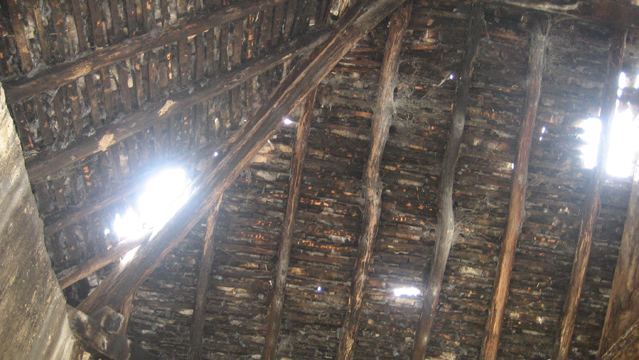



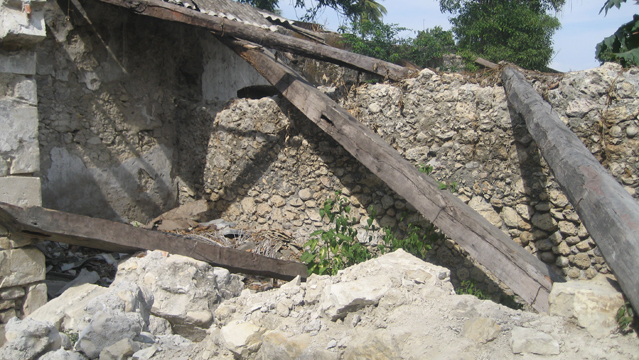
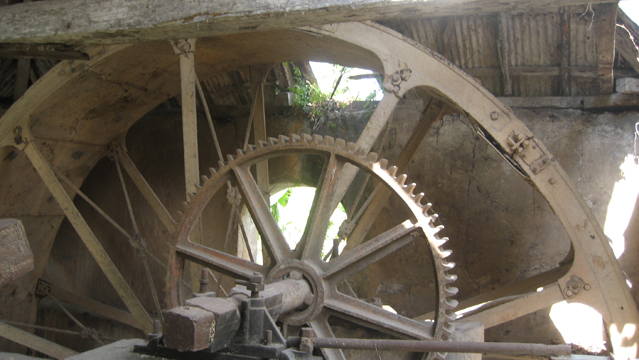
Habitation Pivert (St Marc, Artibonite)
This mill, on the north side of Rue Pivert (aka Avenue Jean-Jacques Dessalines) in St. Marc, includes machinery which says: “John Gordon & Co. London Order 209458.” See photos for detail of this and the rest of mill. From William H Ukers’ All About Coffee : “John Gordon & Co. began the manufacture in London of the line of plantation machinery still known around the world as ‘Gordon make’ in 1850; and John Gordon was granted an English patent on his improved coffee pulper in 1859.” Find more on this location here in ISPAN’s bulletin # 27.











